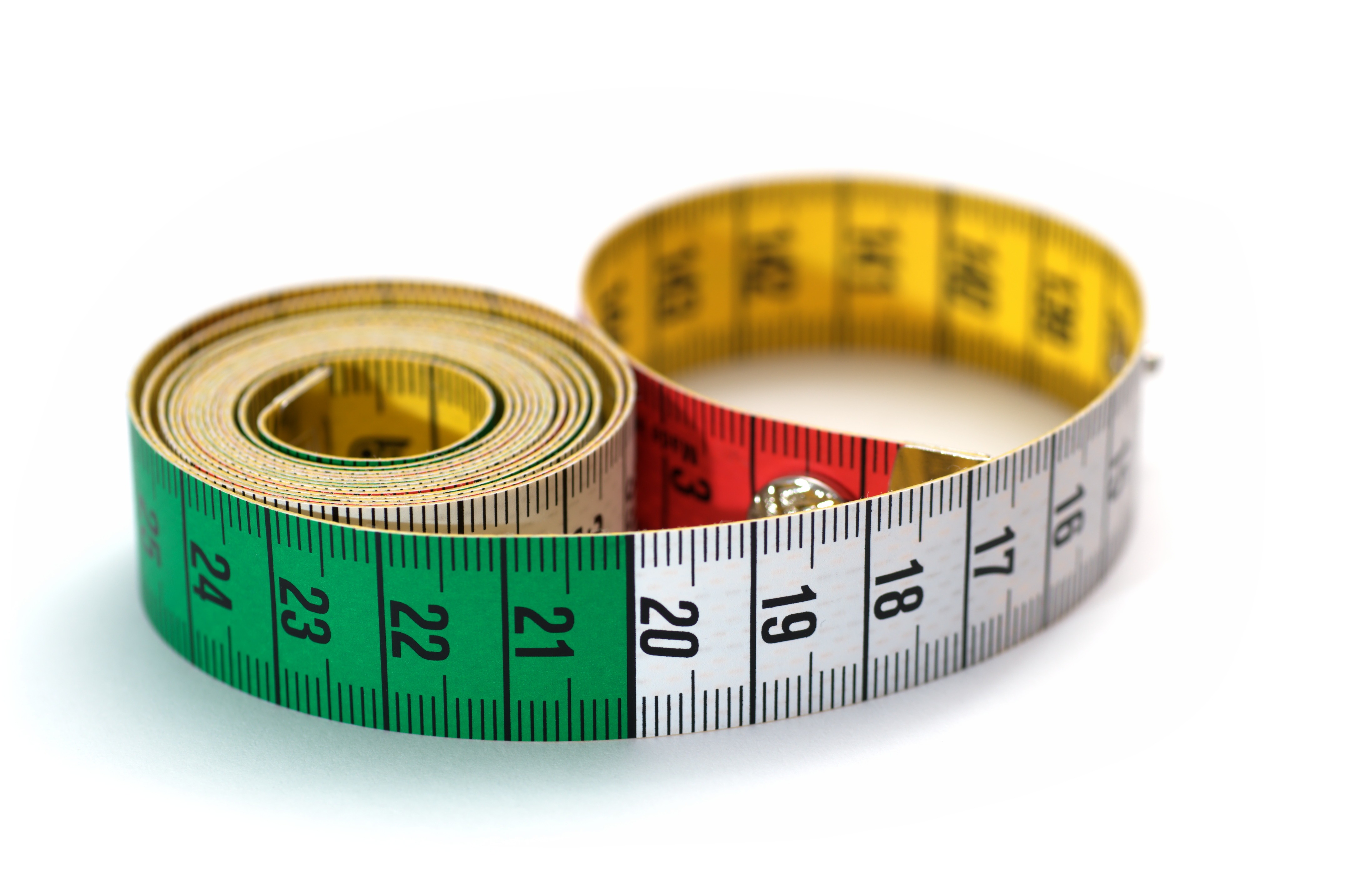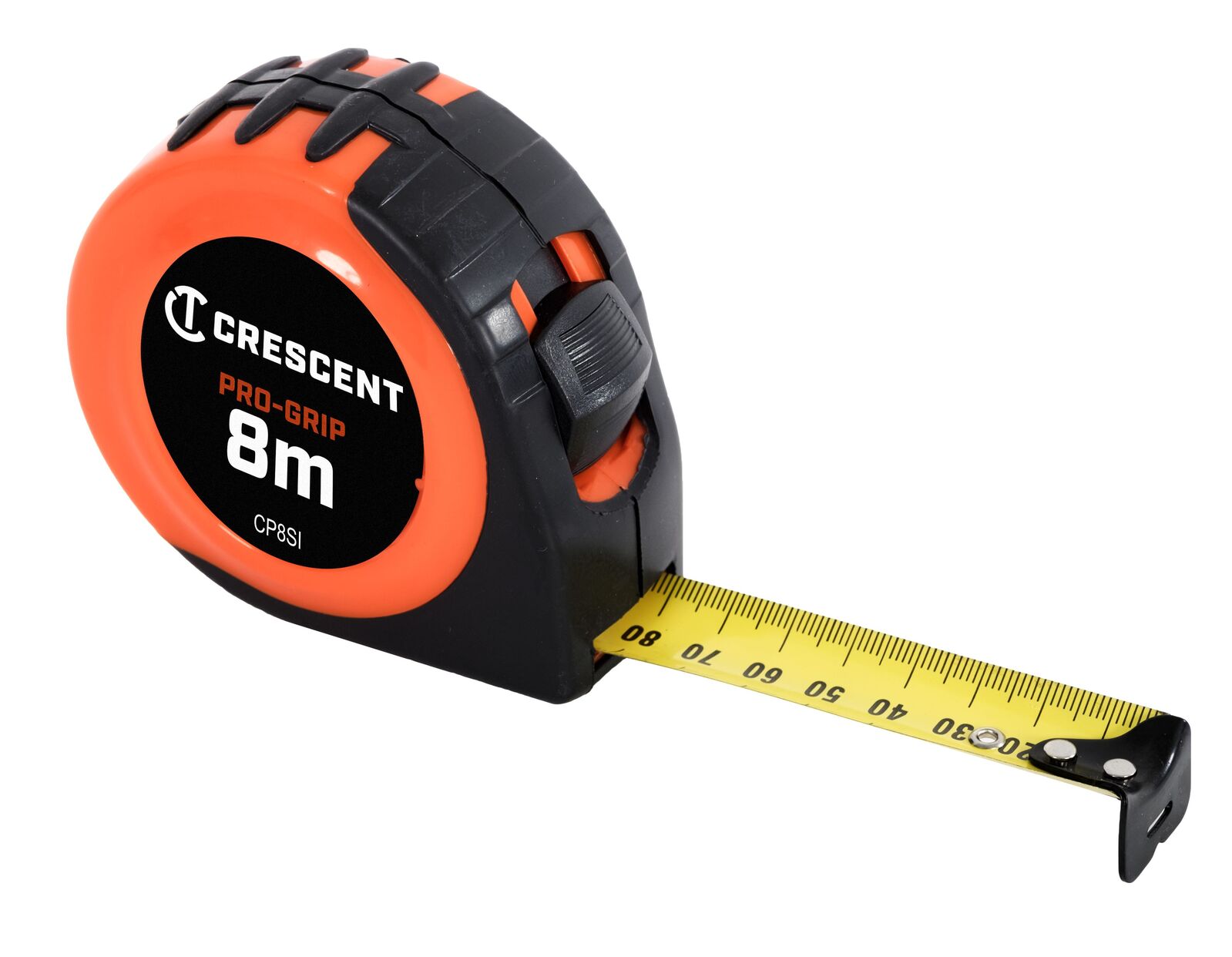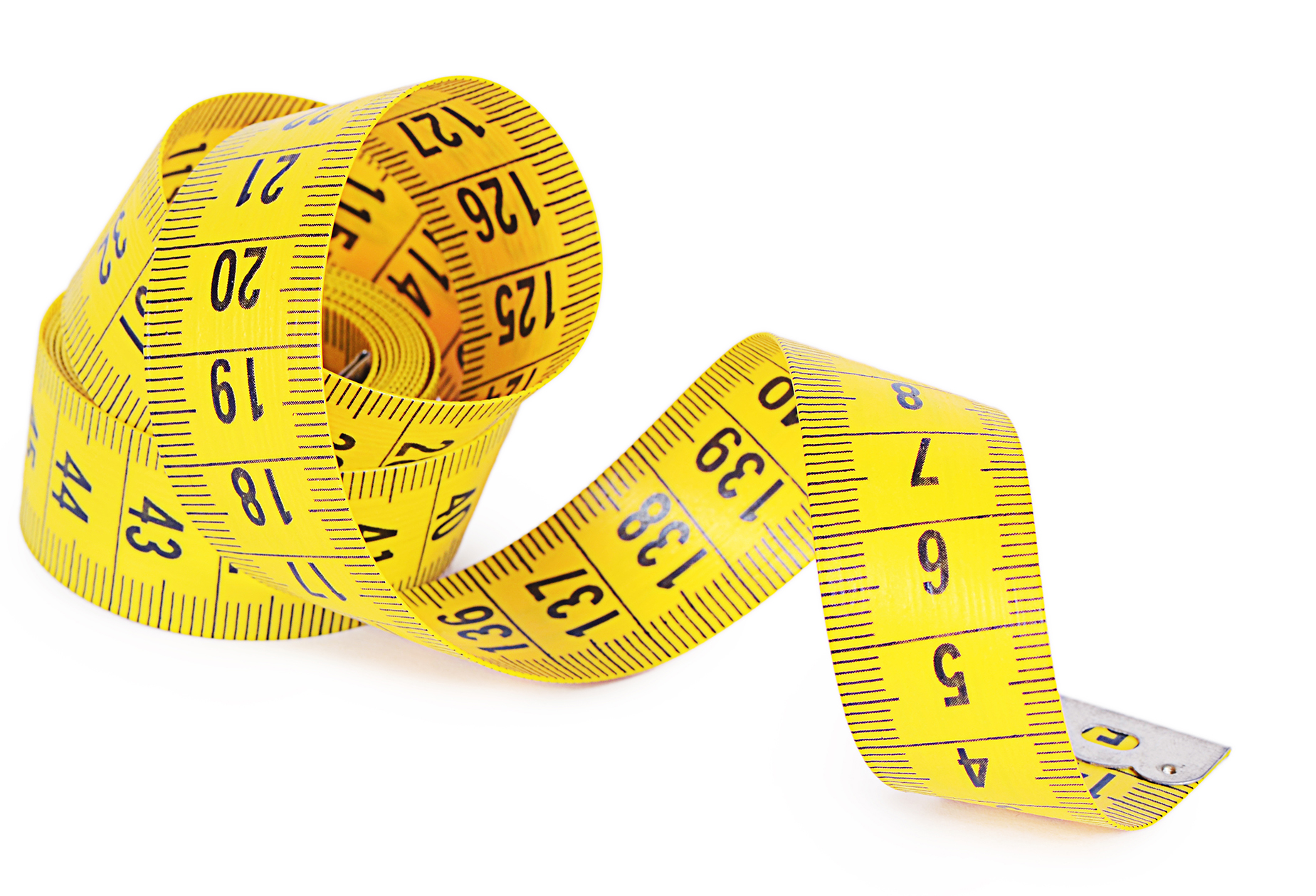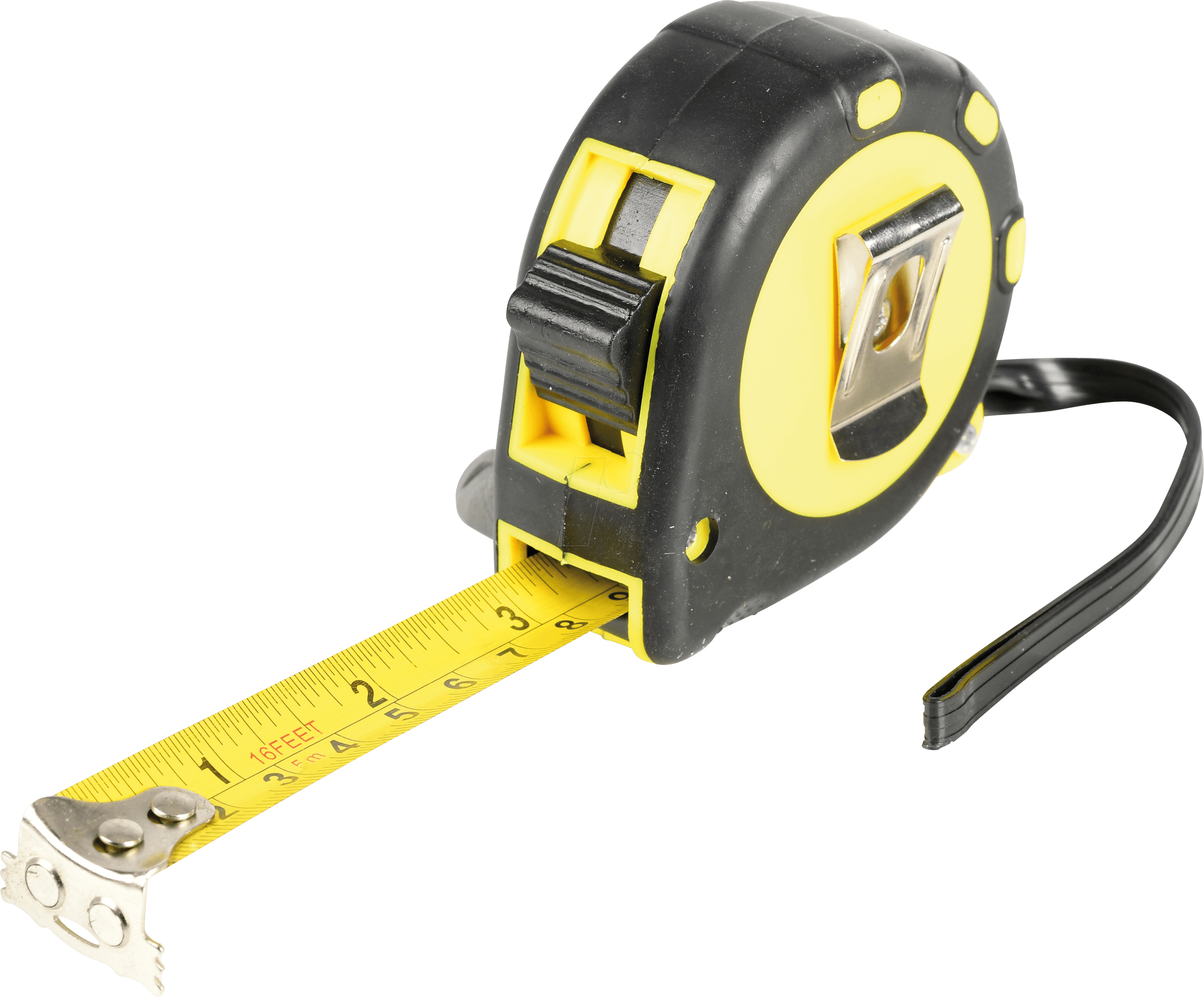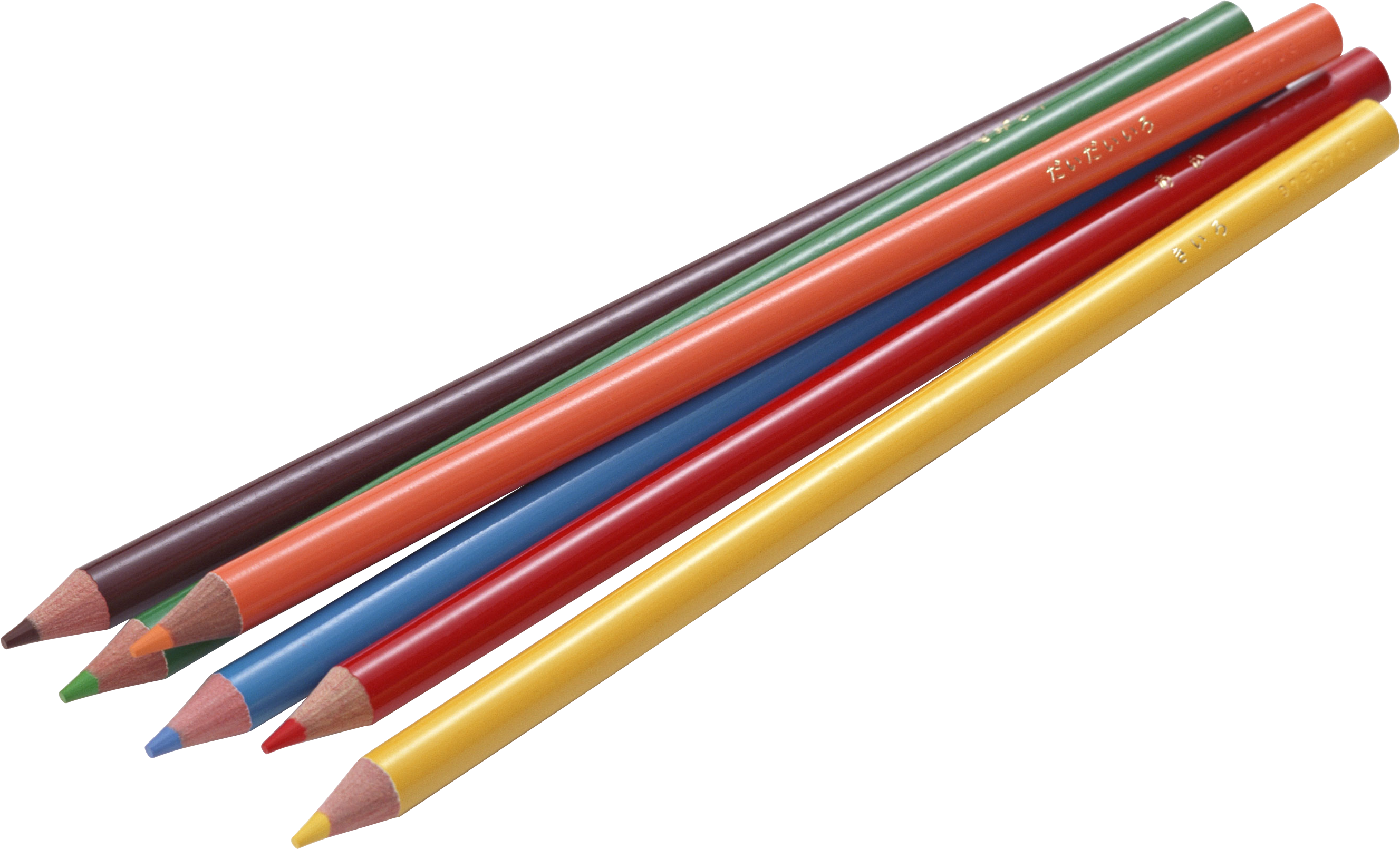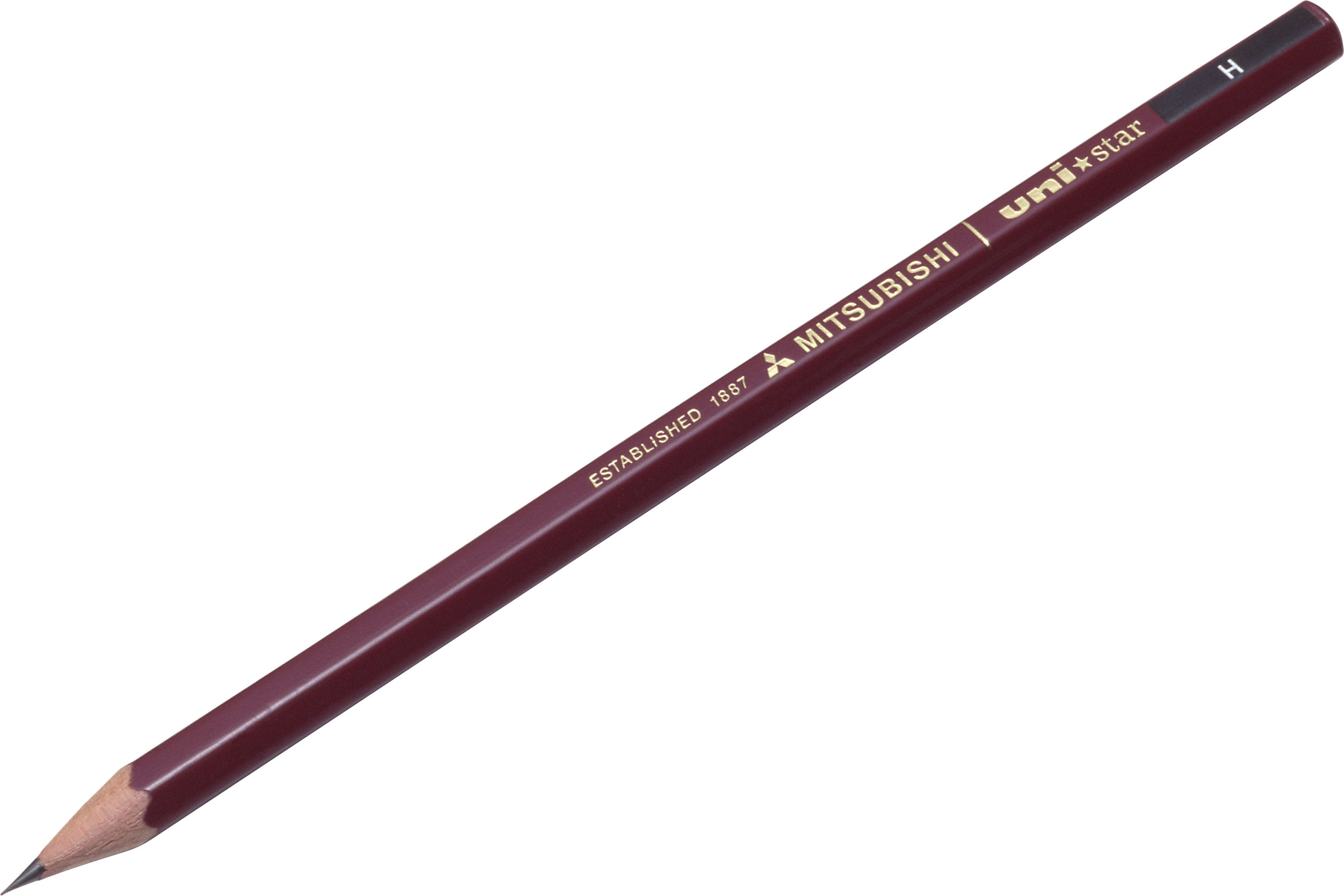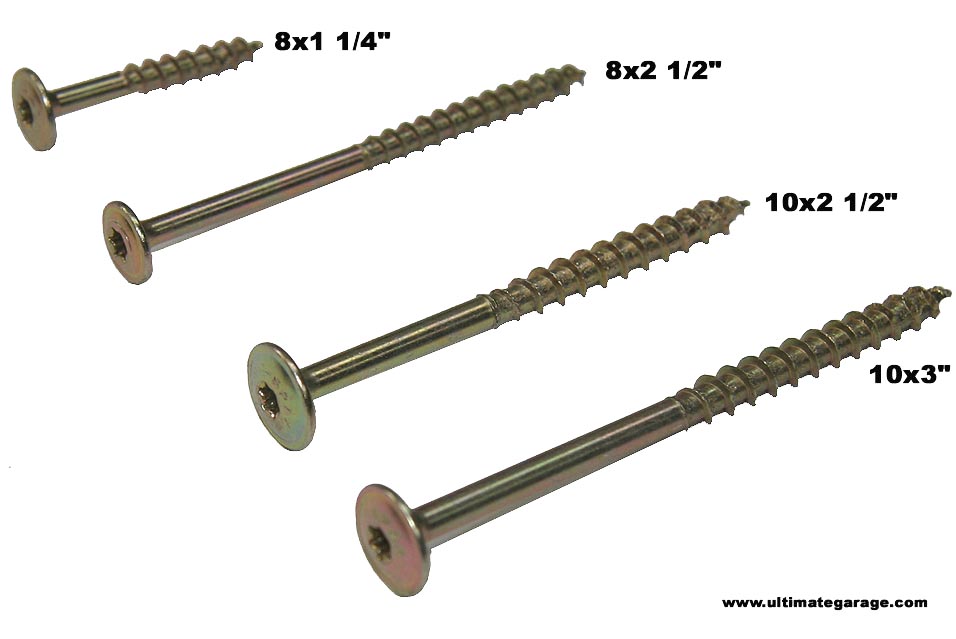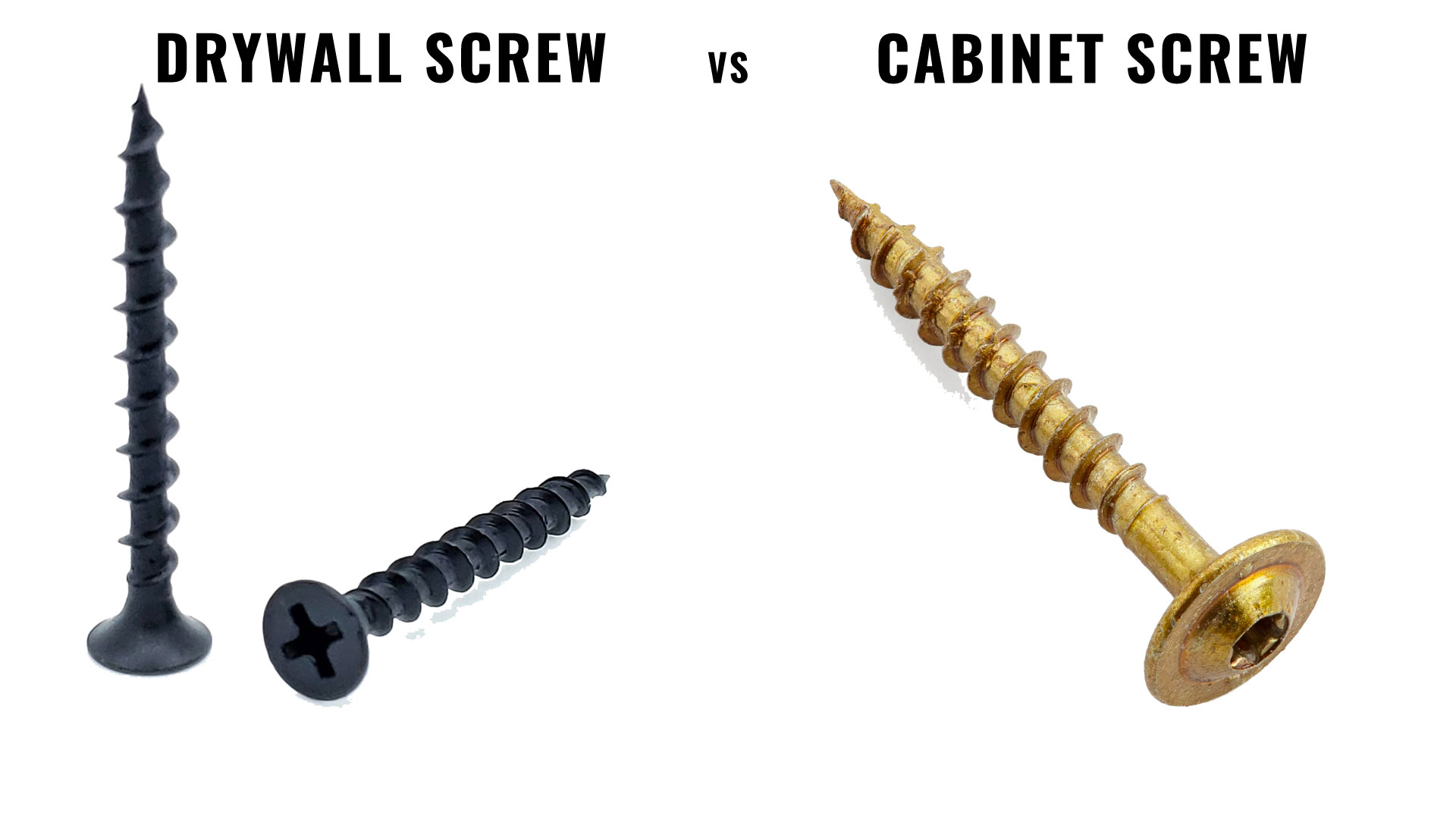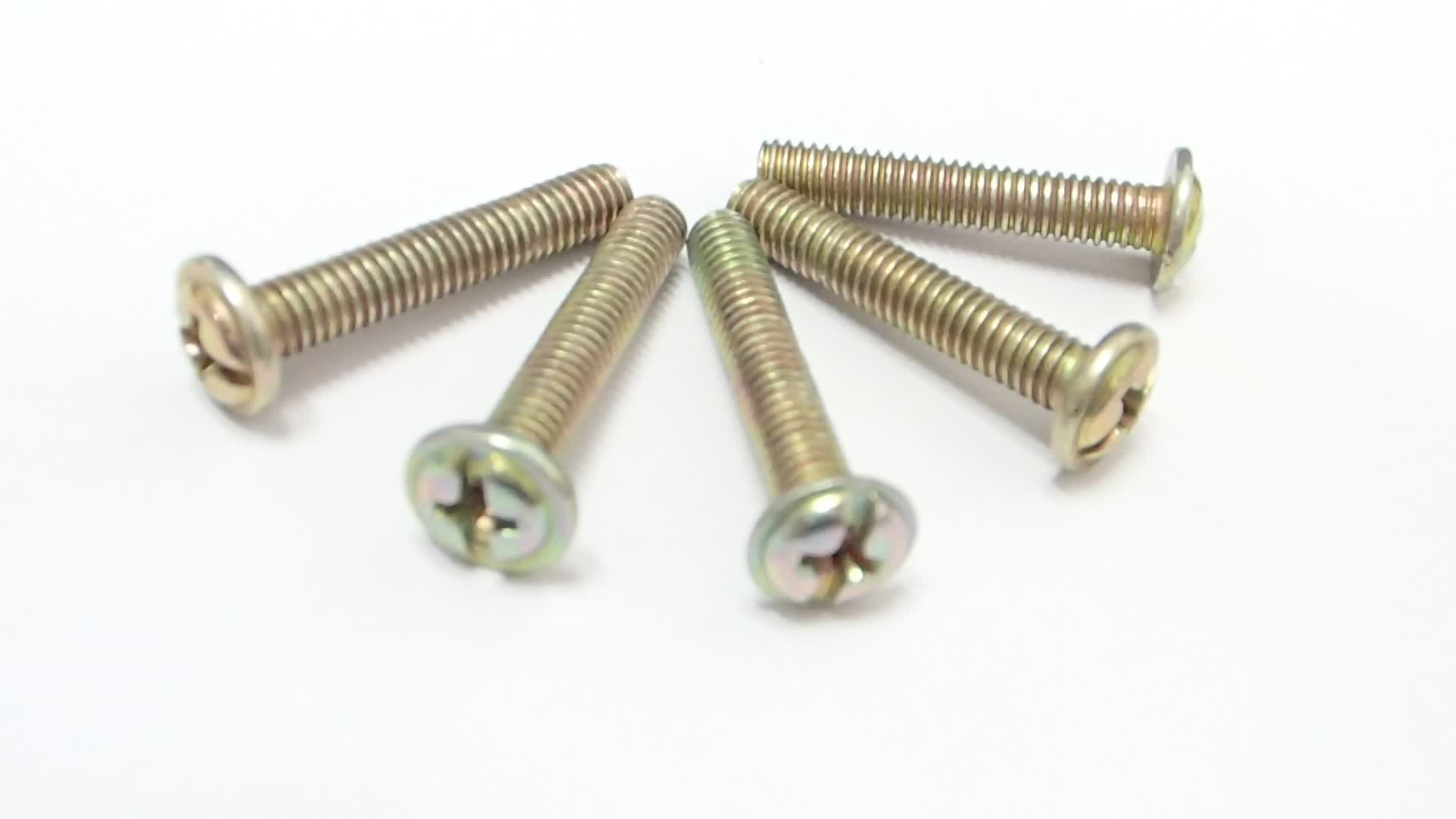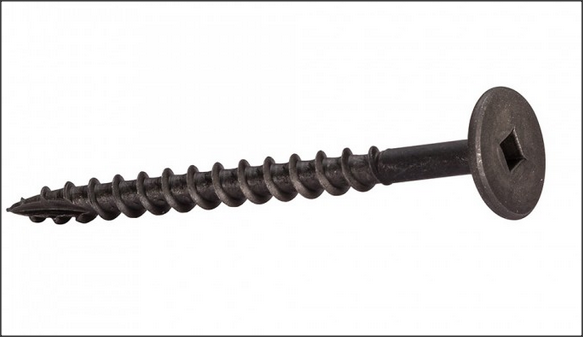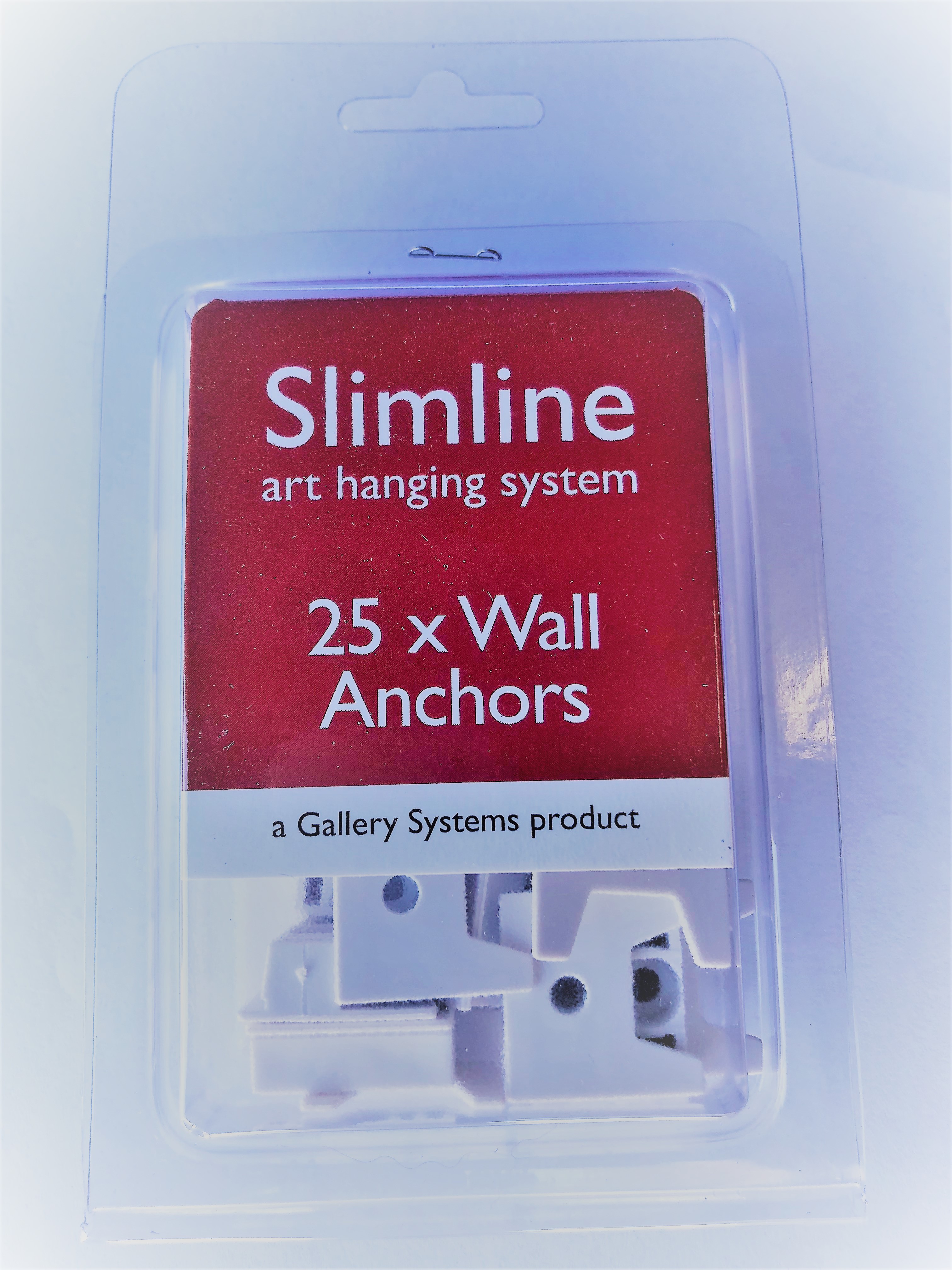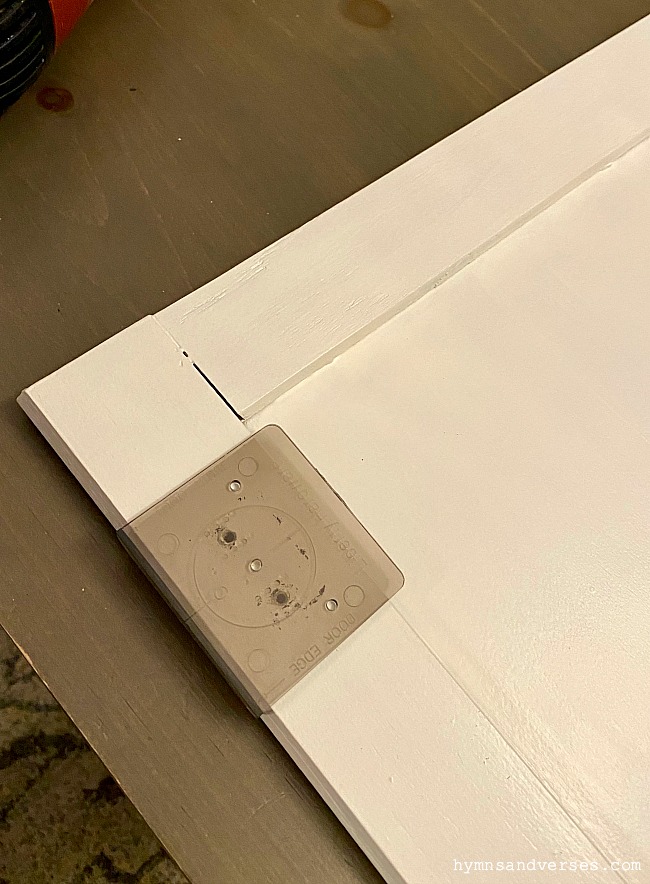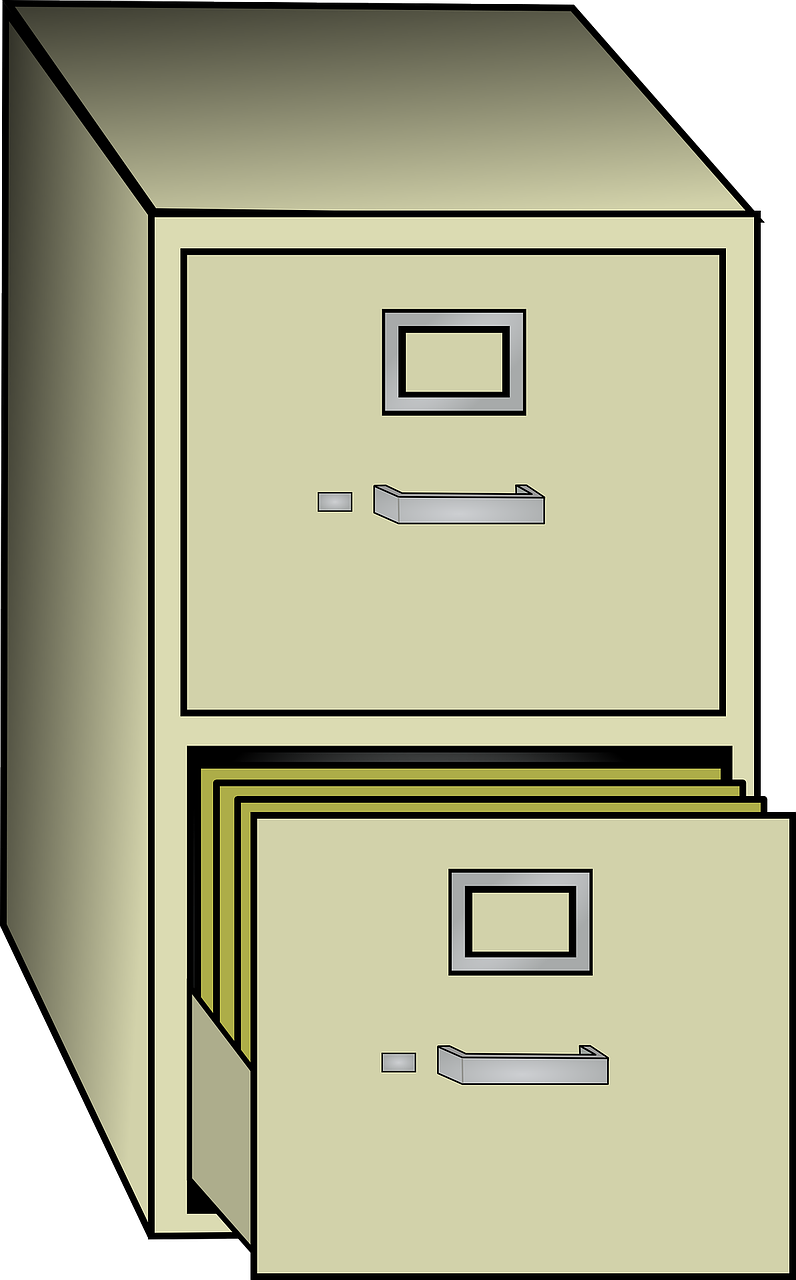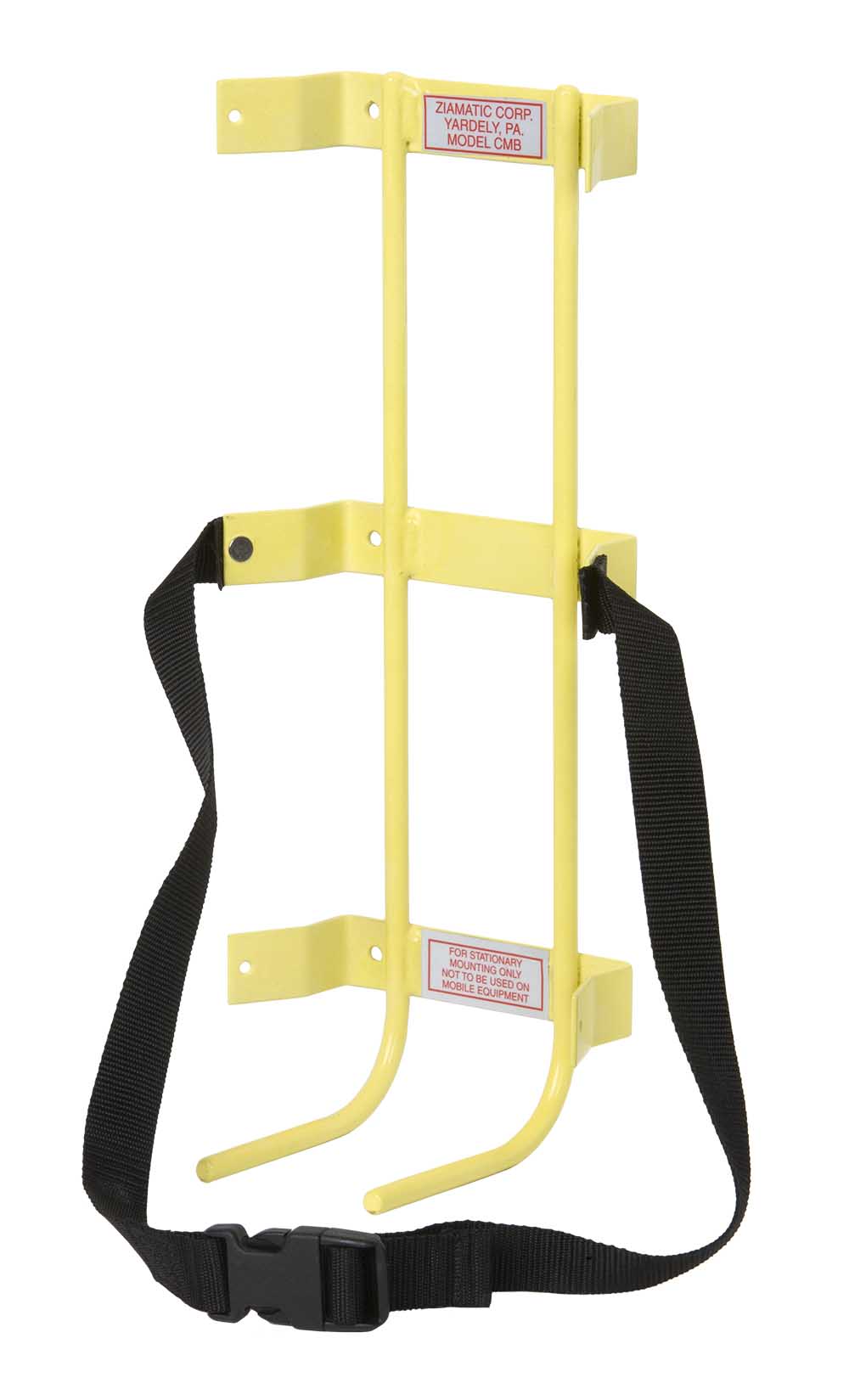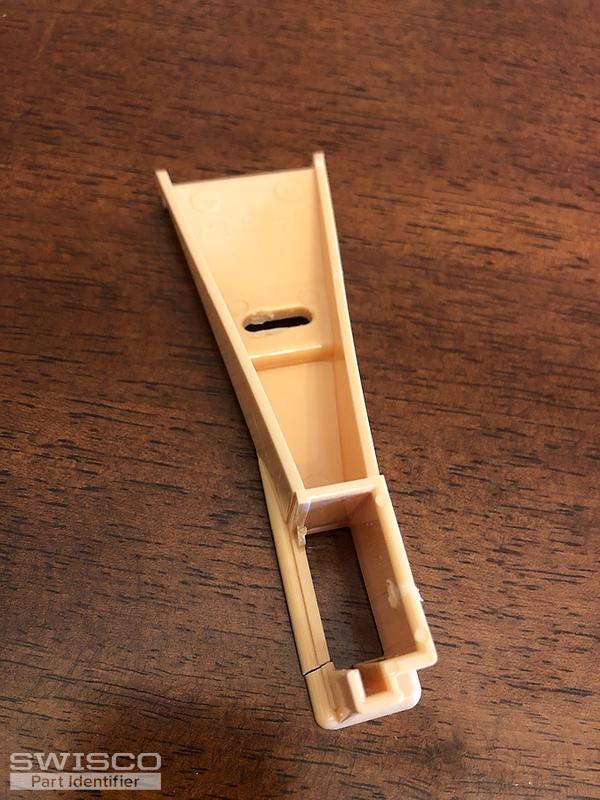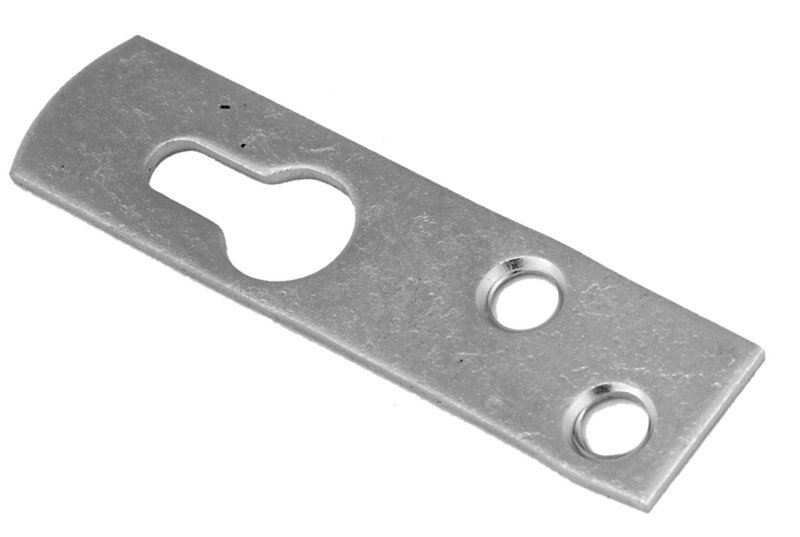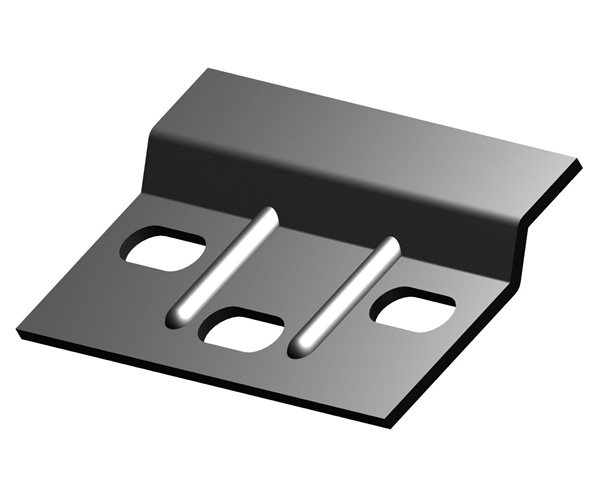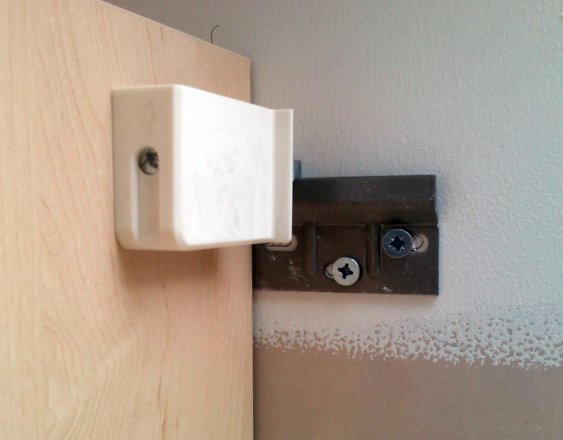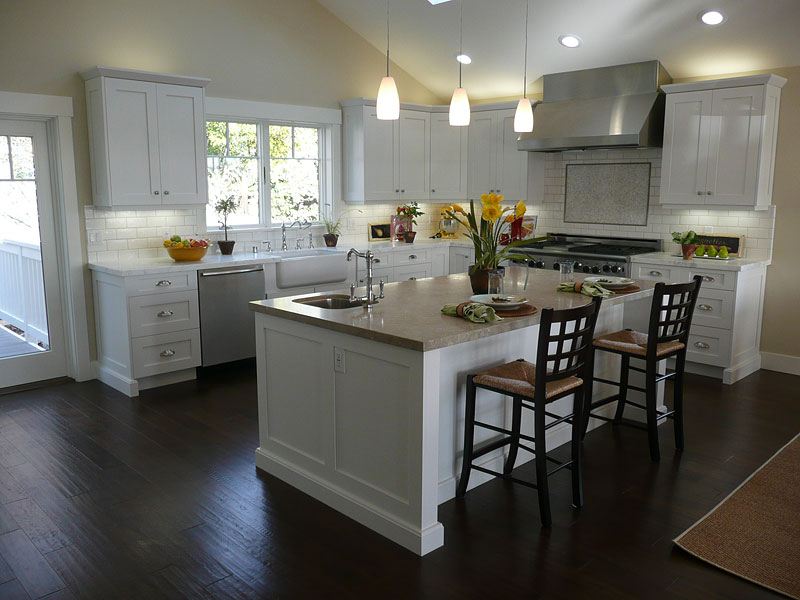A power drill is an essential tool for installing kitchen wall cabinets. It allows you to quickly and easily drill holes into the wall for mounting brackets and screws. Look for a drill with a variable speed setting and a good grip for comfortable use. Make sure to have extra charged batteries on hand to avoid any interruptions during the installation process.Power drill
A screwdriver is another must-have tool for installing kitchen wall cabinets. You will need it to tighten screws and secure the cabinets to the wall. It's important to have both a flathead and a Phillips head screwdriver to accommodate different types of screws. Consider investing in an electric screwdriver to save time and effort.Screwdriver
Installing kitchen wall cabinets requires precision, and a level is an essential tool for achieving a straight and even installation. A digital level is a great option as it provides a more accurate reading compared to a traditional bubble level. Make sure to check the level multiple times during the installation process to ensure your cabinets are perfectly aligned.Level
Before mounting your kitchen wall cabinets, it's crucial to find the studs in the wall. This will ensure that your cabinets are securely attached and can support the weight of your dishes and cookware. A stud finder is a handy tool that uses sensors to locate the studs behind the wall. Look for a stud finder with a deep scanning feature for more accurate results.Stud finder
Accurate measurements are vital when installing kitchen wall cabinets. A measuring tape will help you determine the proper placement of your cabinets and ensure they are level. Look for a measuring tape with a locking mechanism for ease of use and a sturdy material that won't bend or break during use.Measuring tape
Marking the placement of your kitchen wall cabinets is essential for a successful installation. A pencil is a simple yet necessary tool for accurately marking the location of studs, brackets, and other measurements. Make sure to have a sharp pencil on hand to create precise markings that won't easily rub off.Pencil
Cabinet screws are specifically designed for attaching cabinets to the wall. They are typically longer and thicker than regular screws, providing a more secure hold. Make sure to have enough cabinet screws on hand for each cabinet, and consider purchasing some extra in case of any mishaps during installation.Cabinet screws
If your kitchen wall cabinets are not being mounted onto studs, you will need to use wall anchors to provide additional support. These small plastic or metal devices are inserted into the wall and expand when a screw is inserted, creating a strong hold. Look for wall anchors that can support the weight of your cabinets and make sure to use them in conjunction with screws for maximum stability.Wall anchors
A cabinet mounting template is a handy tool that makes installing kitchen wall cabinets much easier. It typically includes pre-marked holes and measurements for where to drill and attach screws. This saves time and ensures that all cabinets are mounted at the same height and level. Consider making your own template using cardboard or purchasing one specifically for your cabinet brand.Cabinet mounting template
Cabinet mounting brackets are essential for securely attaching your cabinets to the wall. They come in different sizes and shapes, so make sure to choose the right ones for your specific cabinet model. You may need to purchase these separately if they are not included with your cabinets. Follow the manufacturer's instructions for proper placement and installation of the mounting brackets. In conclusion, having the right tools is crucial for a successful installation of kitchen wall cabinets. Make sure to have these top 10 main tools on hand to save time and ensure a professional-looking outcome. With the right tools and proper installation, your kitchen wall cabinets will not only add functionality but also enhance the overall look of your kitchen.Cabinet mounting brackets
Tools Needed to Install Kitchen Wall Cabinet

Introduction
 Installing kitchen wall cabinets is an essential part of any kitchen renovation or remodel. These cabinets not only provide storage space but also add to the overall aesthetic appeal of the kitchen. However, before you can enjoy the benefits of your newly installed kitchen wall cabinets, you need to have the right tools to get the job done efficiently and effectively. In this article, we will discuss the tools needed to install kitchen wall cabinets and how to use them.
Installing kitchen wall cabinets is an essential part of any kitchen renovation or remodel. These cabinets not only provide storage space but also add to the overall aesthetic appeal of the kitchen. However, before you can enjoy the benefits of your newly installed kitchen wall cabinets, you need to have the right tools to get the job done efficiently and effectively. In this article, we will discuss the tools needed to install kitchen wall cabinets and how to use them.
Drill
/cabinet-refacing-demystified-1822044v2-29c0506ee7014a54a7473d9a5d85b149.jpg) Drill
is the most critical tool you'll need for installing kitchen wall cabinets. It will help you make holes in the walls to attach the cabinets. It is essential to have a drill with a
hammer function
as it can easily penetrate through harder surfaces such as concrete or brick walls. Additionally, make sure to have a variety of drill bits, including
masonry bits
for drilling into different types of walls.
Drill
is the most critical tool you'll need for installing kitchen wall cabinets. It will help you make holes in the walls to attach the cabinets. It is essential to have a drill with a
hammer function
as it can easily penetrate through harder surfaces such as concrete or brick walls. Additionally, make sure to have a variety of drill bits, including
masonry bits
for drilling into different types of walls.
Measuring Tape and Level
 Accurate measurements are crucial when installing kitchen wall cabinets.
Measuring tape
will help you determine the distance between the cabinets and ensure they are evenly spaced. Similarly, a
level
is necessary to ensure that the cabinets are installed straight and level. It is recommended to use a
laser level
for more precise and efficient results.
Accurate measurements are crucial when installing kitchen wall cabinets.
Measuring tape
will help you determine the distance between the cabinets and ensure they are evenly spaced. Similarly, a
level
is necessary to ensure that the cabinets are installed straight and level. It is recommended to use a
laser level
for more precise and efficient results.
Screwdriver
 A
screwdriver
is essential for attaching the cabinets to the walls. It is recommended to have both a
Phillips head
and a
flathead screwdriver
for different types of screws. Alternatively, you can use a
cordless electric screwdriver
for quicker and easier installation.
A
screwdriver
is essential for attaching the cabinets to the walls. It is recommended to have both a
Phillips head
and a
flathead screwdriver
for different types of screws. Alternatively, you can use a
cordless electric screwdriver
for quicker and easier installation.
Stud Finder
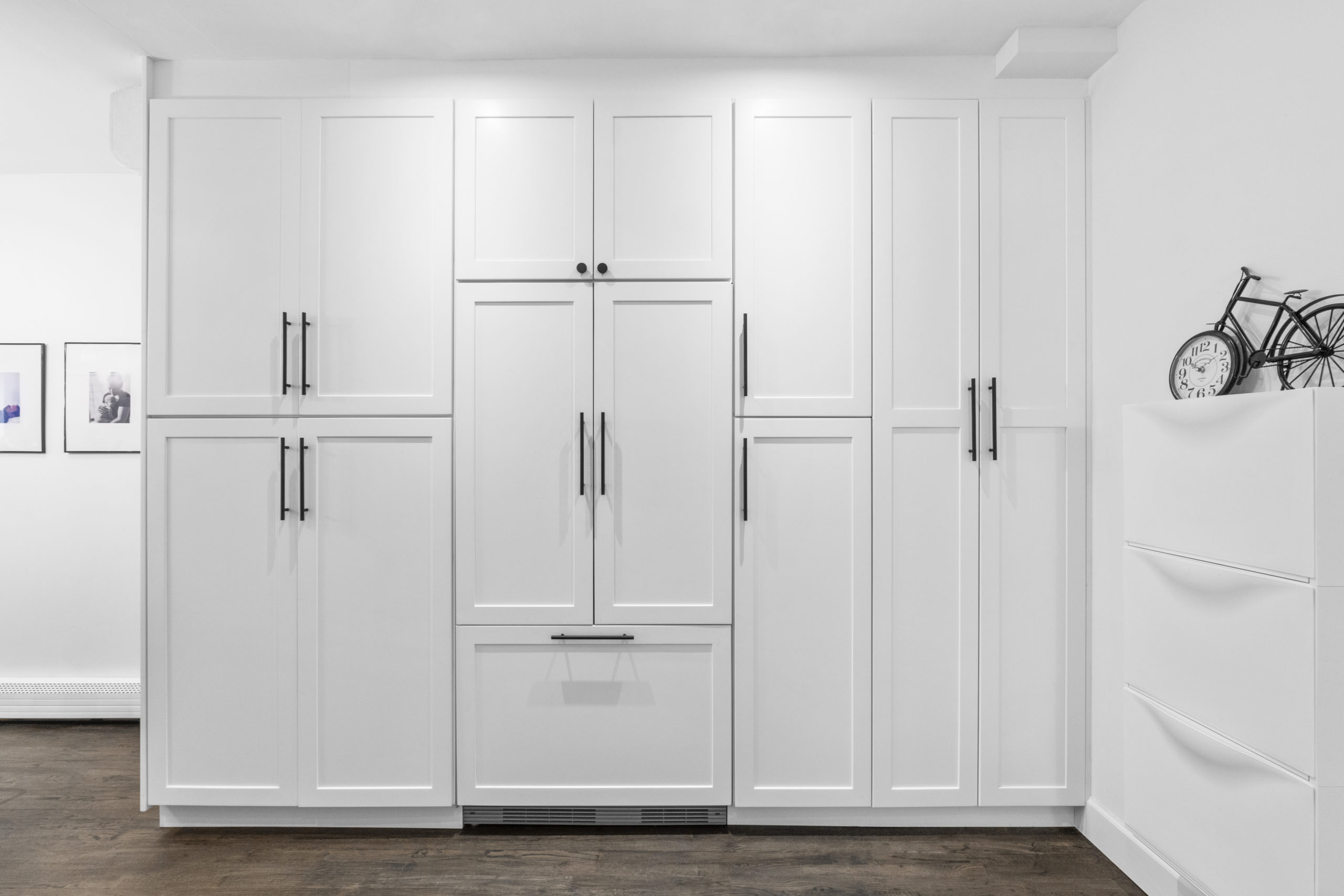 It is crucial to find the
studs
in your walls to ensure your cabinets are securely attached. A
stud finder
is a handy tool that helps locate the wooden beams within your walls. It will save you time and effort, as well as prevent any damage to your walls.
It is crucial to find the
studs
in your walls to ensure your cabinets are securely attached. A
stud finder
is a handy tool that helps locate the wooden beams within your walls. It will save you time and effort, as well as prevent any damage to your walls.
Leveling Shims
 Uneven walls are a common issue when it comes to installing kitchen wall cabinets. To ensure your cabinets are level and secure, use
leveling shims
to fill any gaps between the cabinets and the wall. These thin pieces of wood or plastic can be easily inserted behind the cabinets to level them.
Uneven walls are a common issue when it comes to installing kitchen wall cabinets. To ensure your cabinets are level and secure, use
leveling shims
to fill any gaps between the cabinets and the wall. These thin pieces of wood or plastic can be easily inserted behind the cabinets to level them.
Conclusion
 Having the right tools is crucial for a successful installation of kitchen wall cabinets. With a drill, measuring tape, level, screwdriver, stud finder, and leveling shims, you'll have everything you need to complete the job. Remember to always follow safety precautions and consult a professional if you are unsure about any step in the installation process. By using these tools, you can achieve a beautiful and functional kitchen that you can enjoy for years to come.
Having the right tools is crucial for a successful installation of kitchen wall cabinets. With a drill, measuring tape, level, screwdriver, stud finder, and leveling shims, you'll have everything you need to complete the job. Remember to always follow safety precautions and consult a professional if you are unsure about any step in the installation process. By using these tools, you can achieve a beautiful and functional kitchen that you can enjoy for years to come.

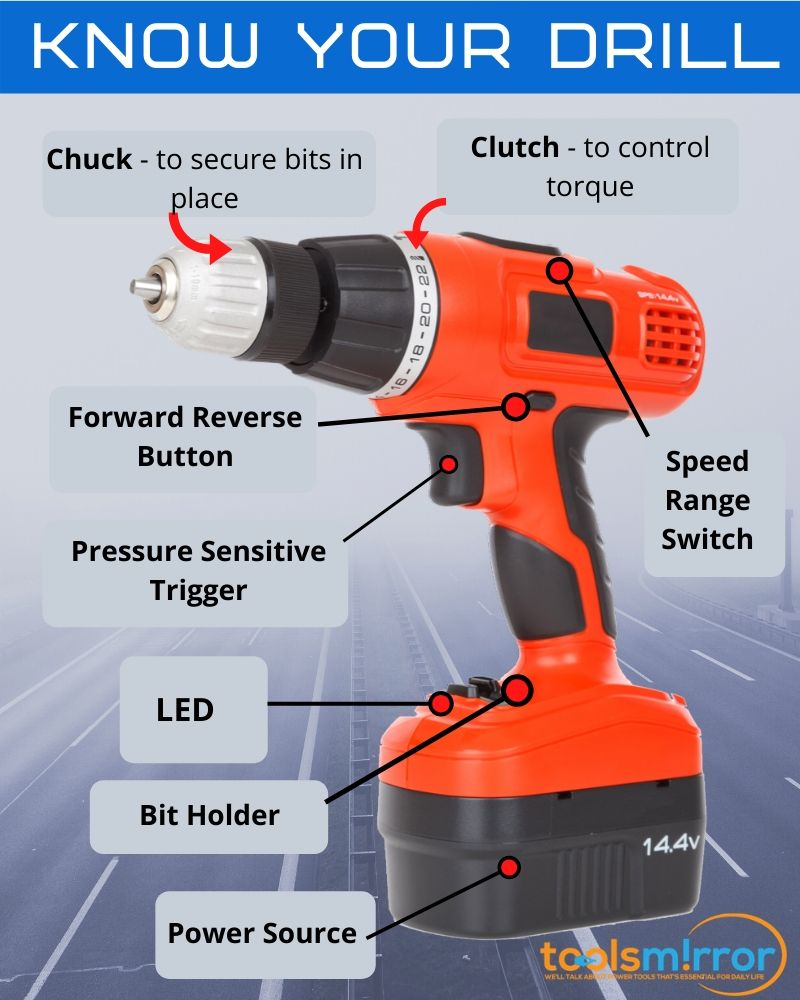

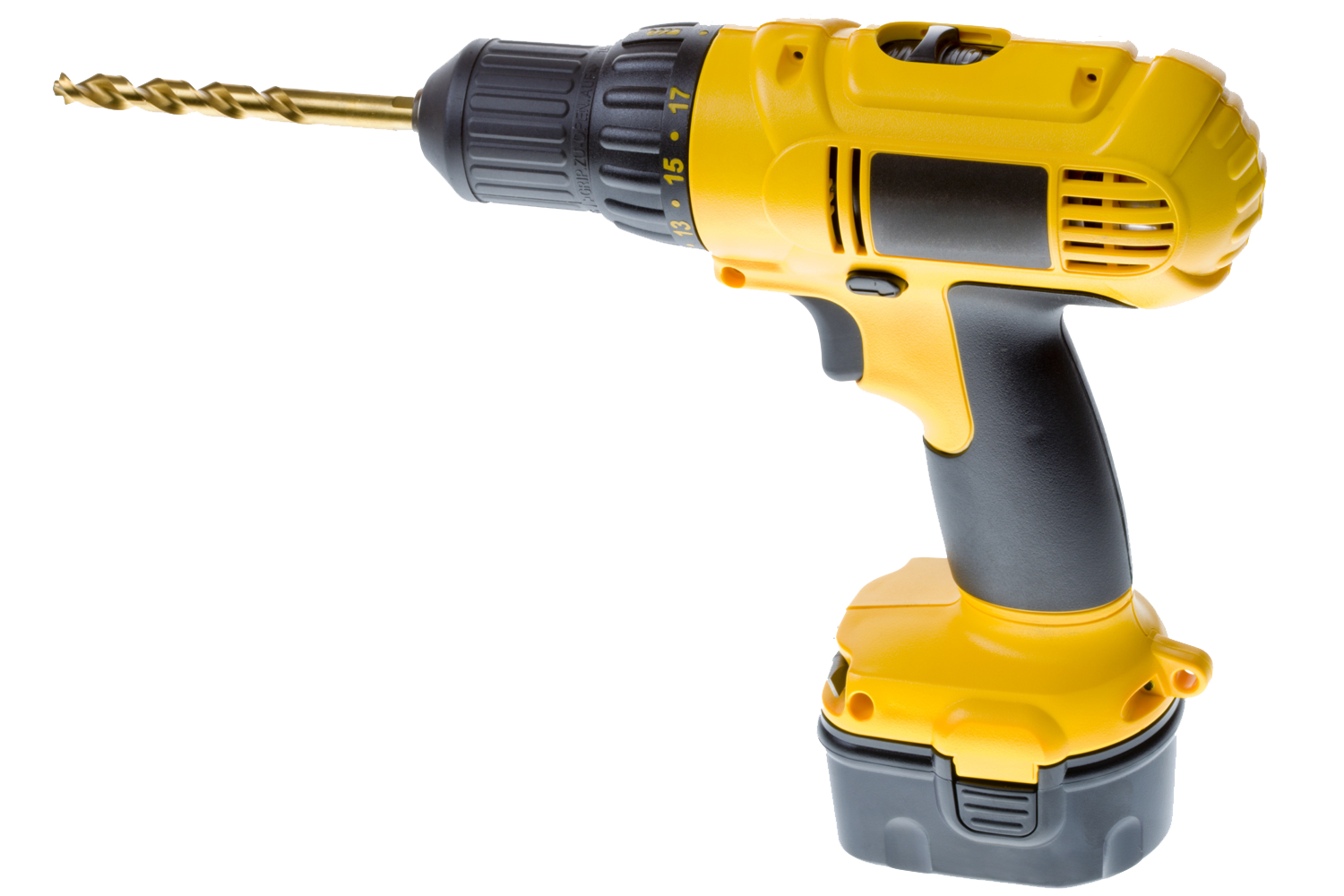


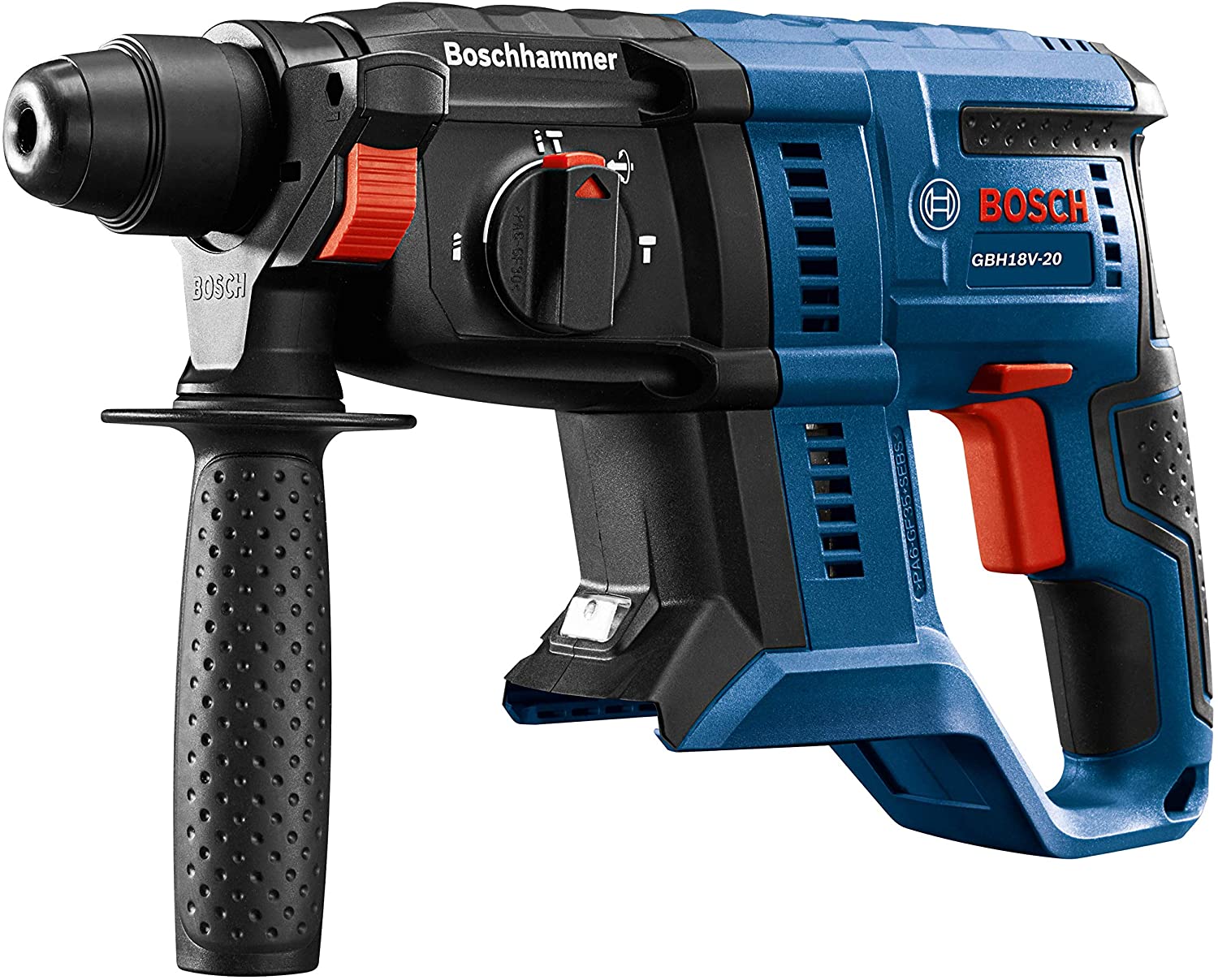
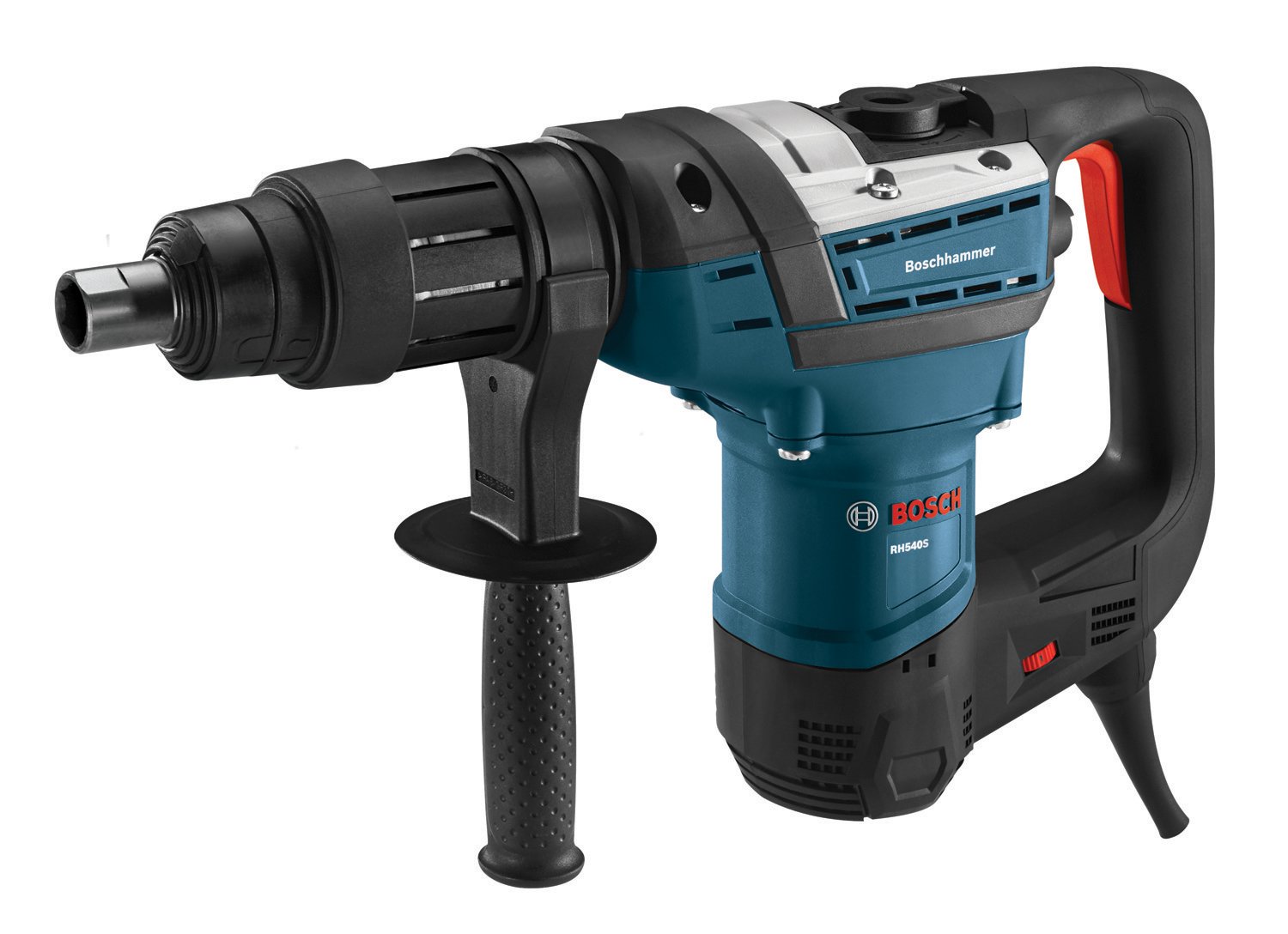


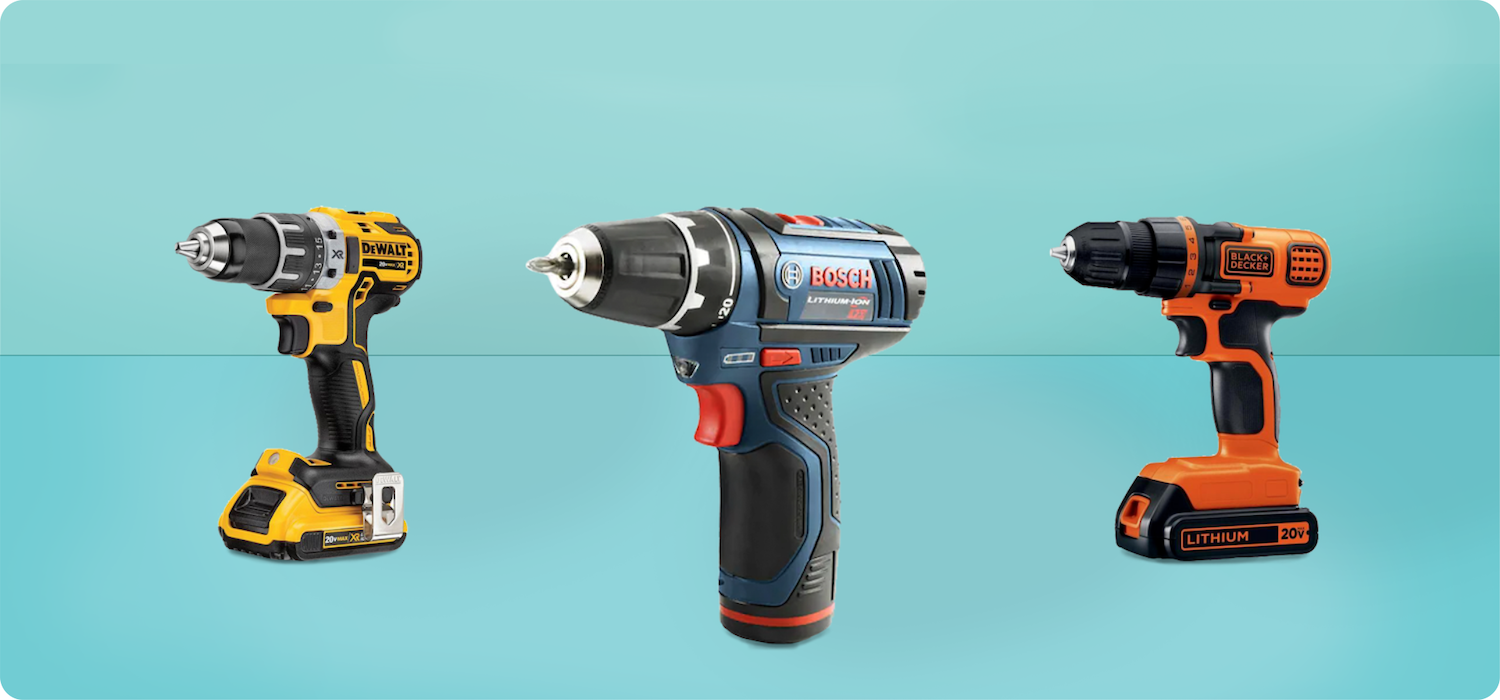
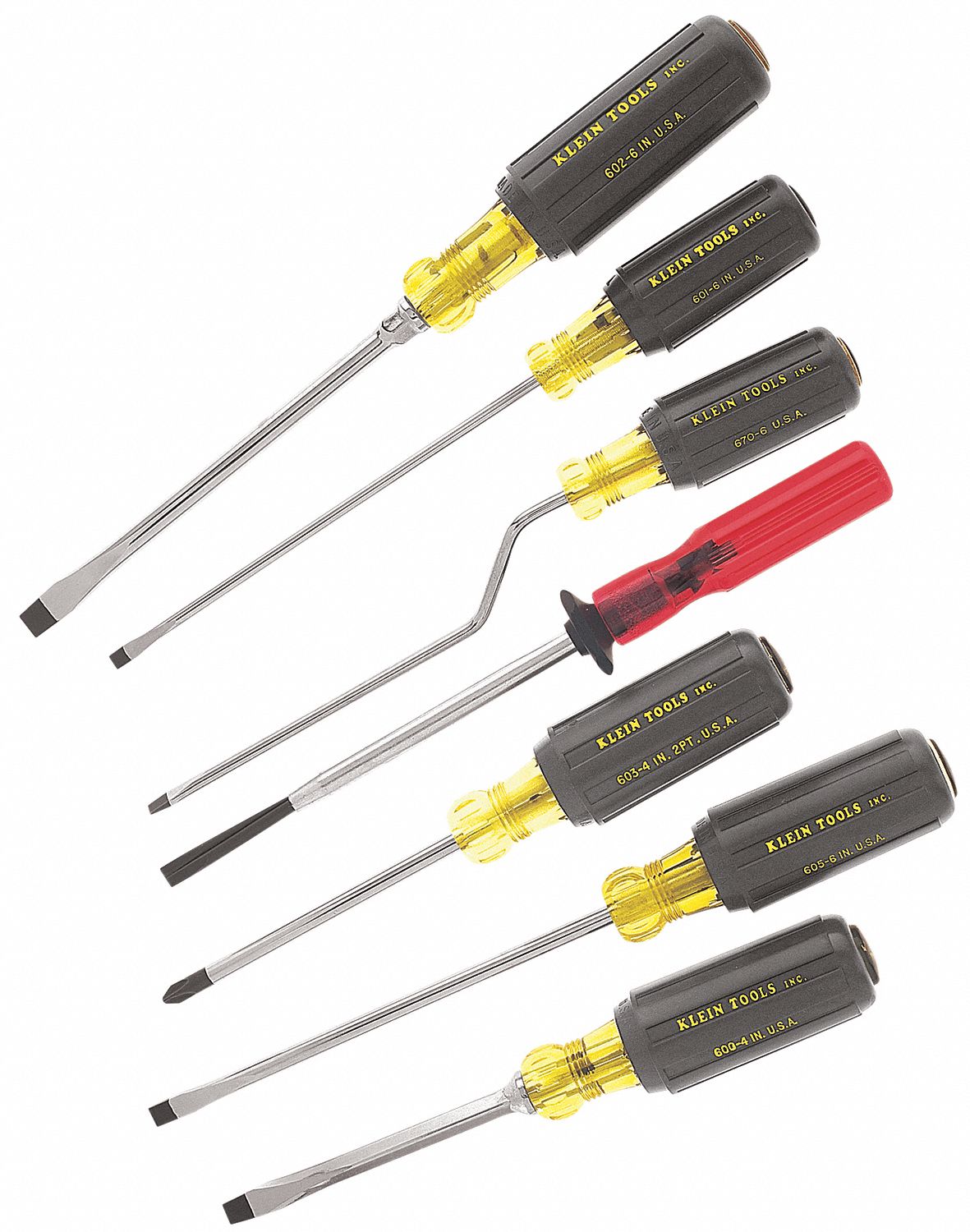


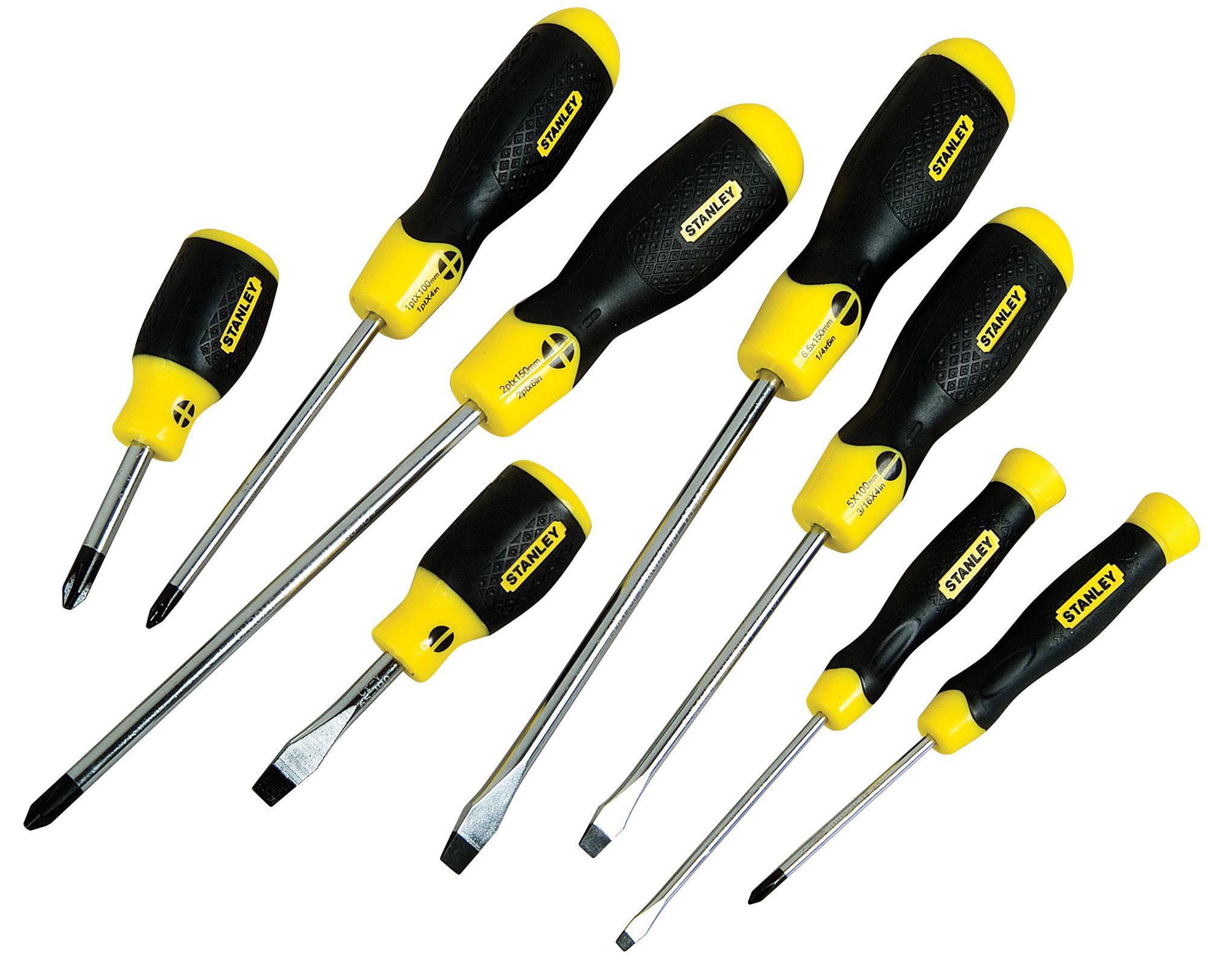
/screwdriver-flat-56a056d65f9b58eba4aff0cf.jpg)

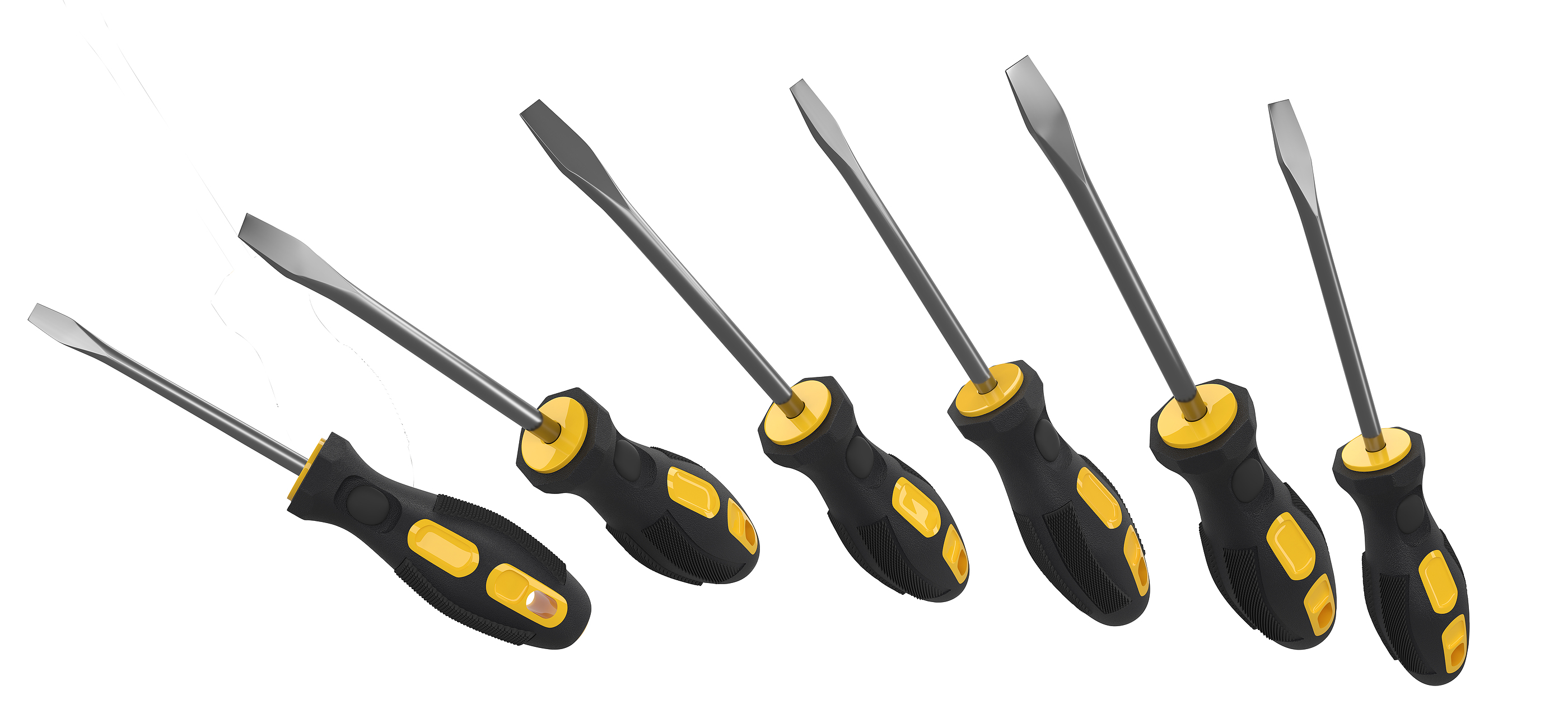







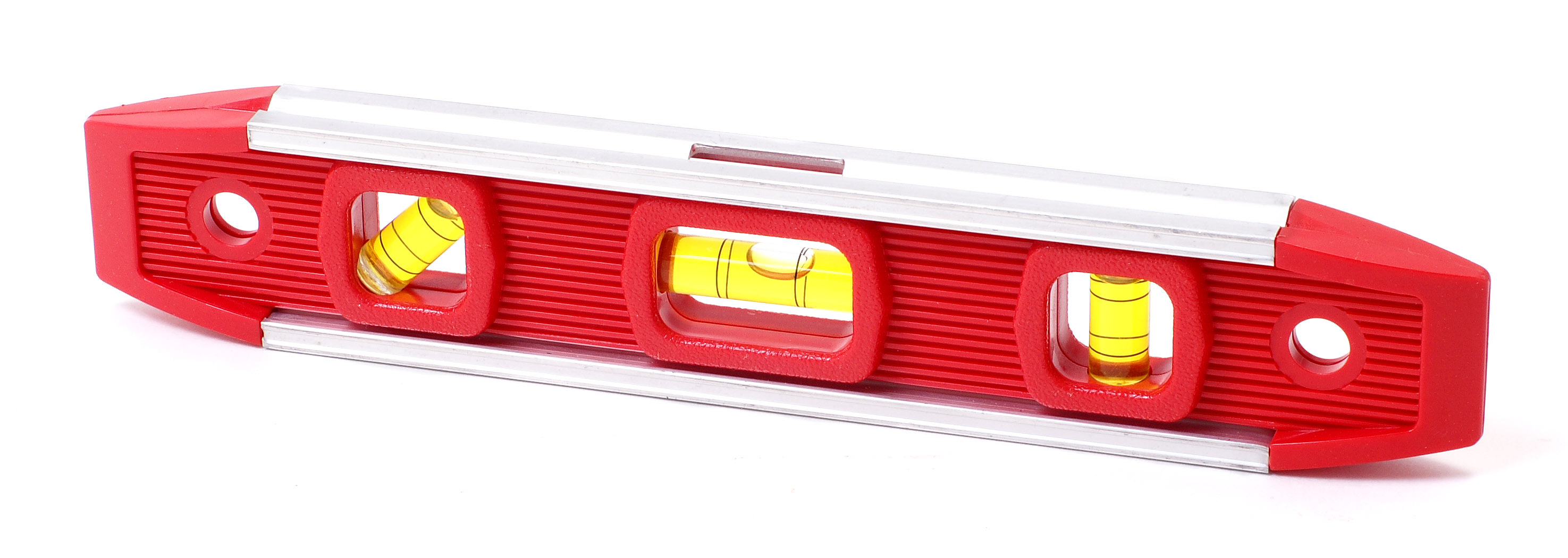

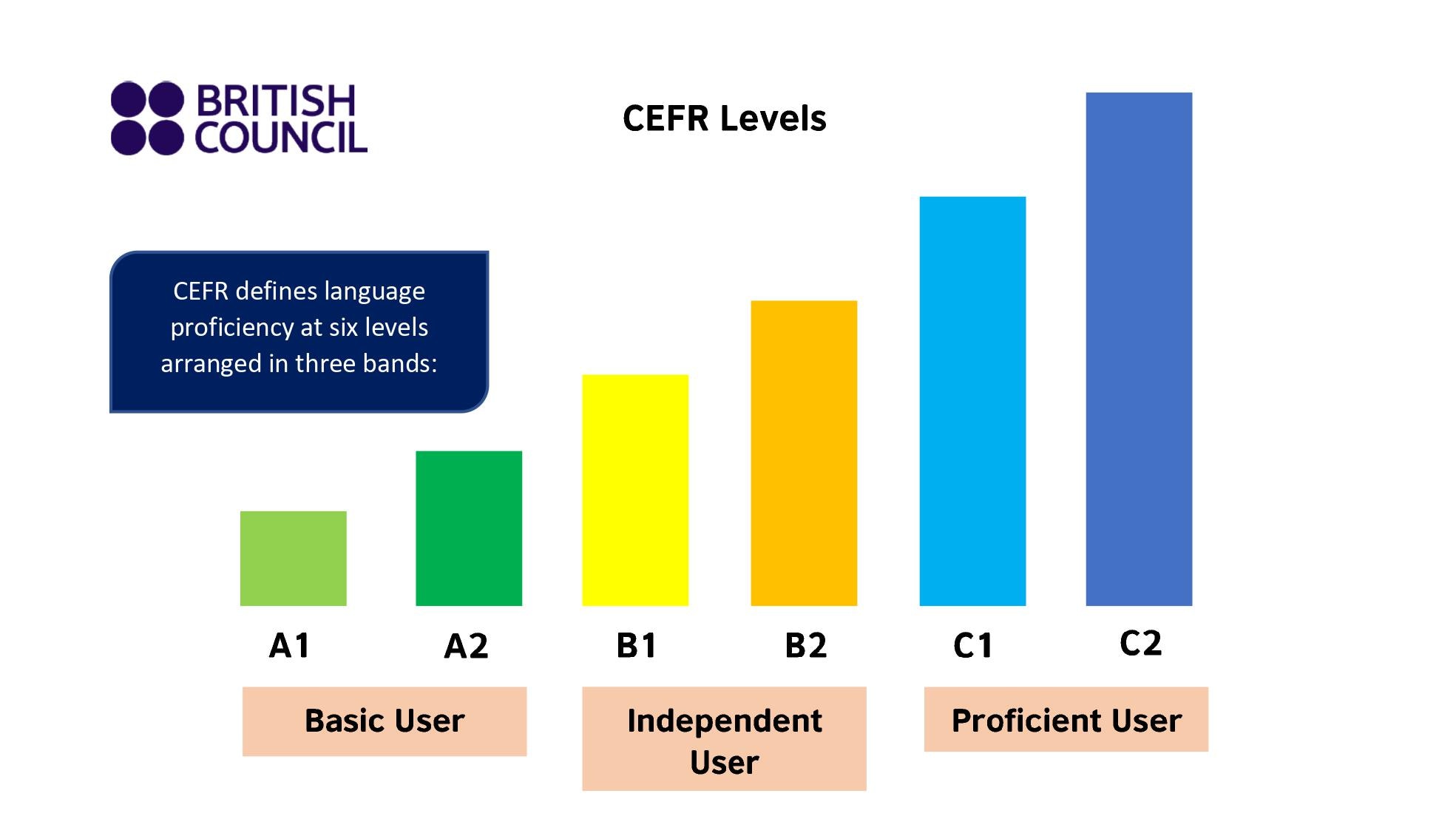




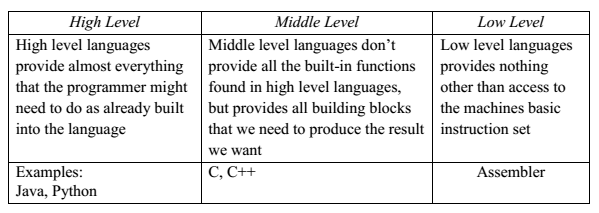

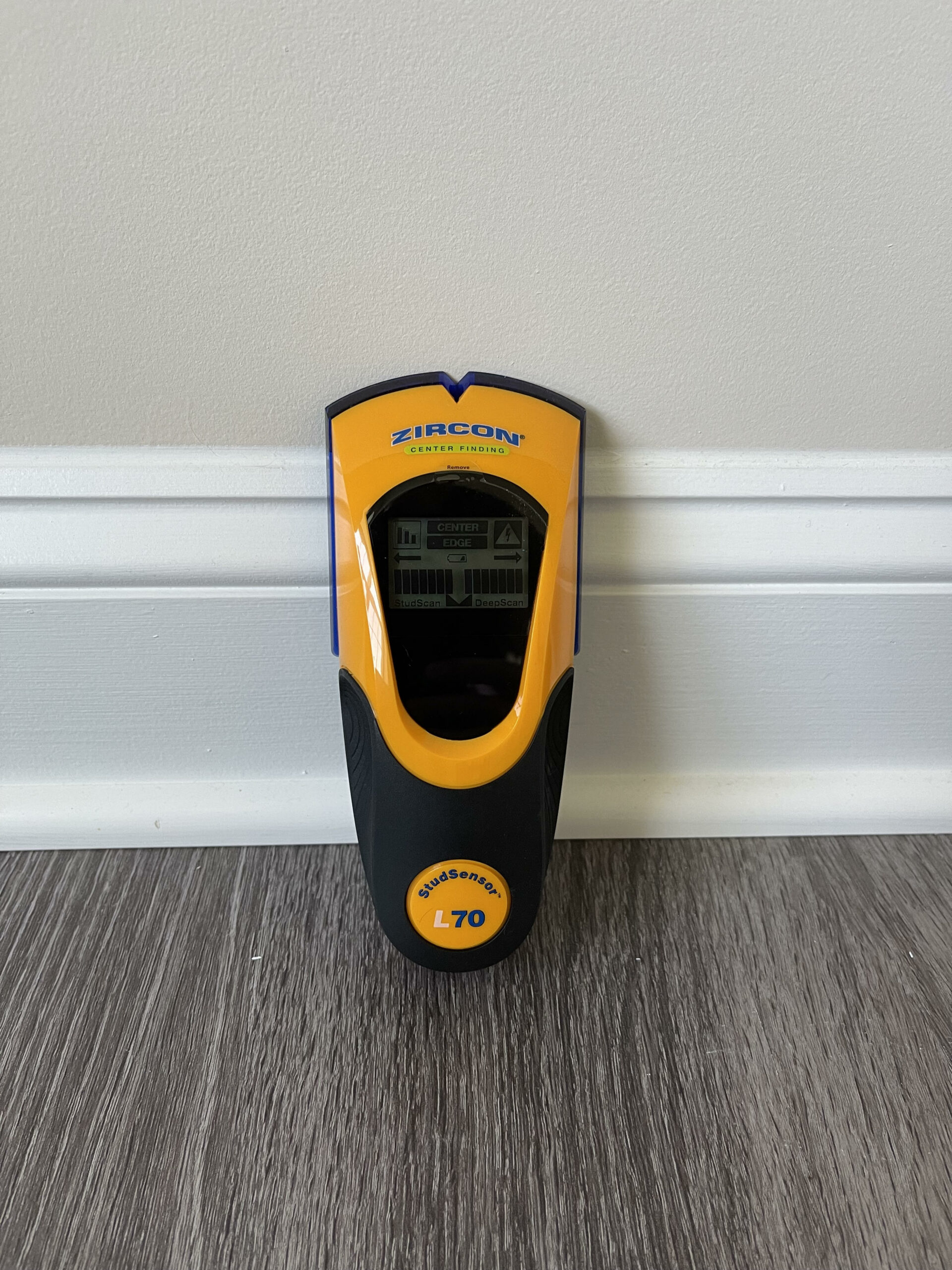
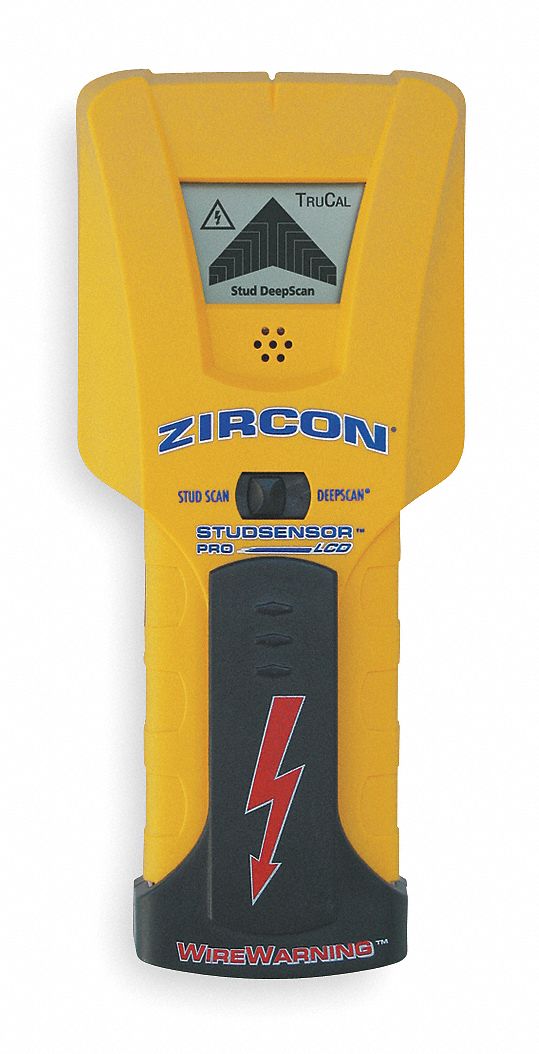



/DEWALT12-VoltMAXLithium-IonCordlessWallScannerwithBattery1.5Ah1-HourChargerandCase-5a25a0d9beba330037451d7a.jpg)


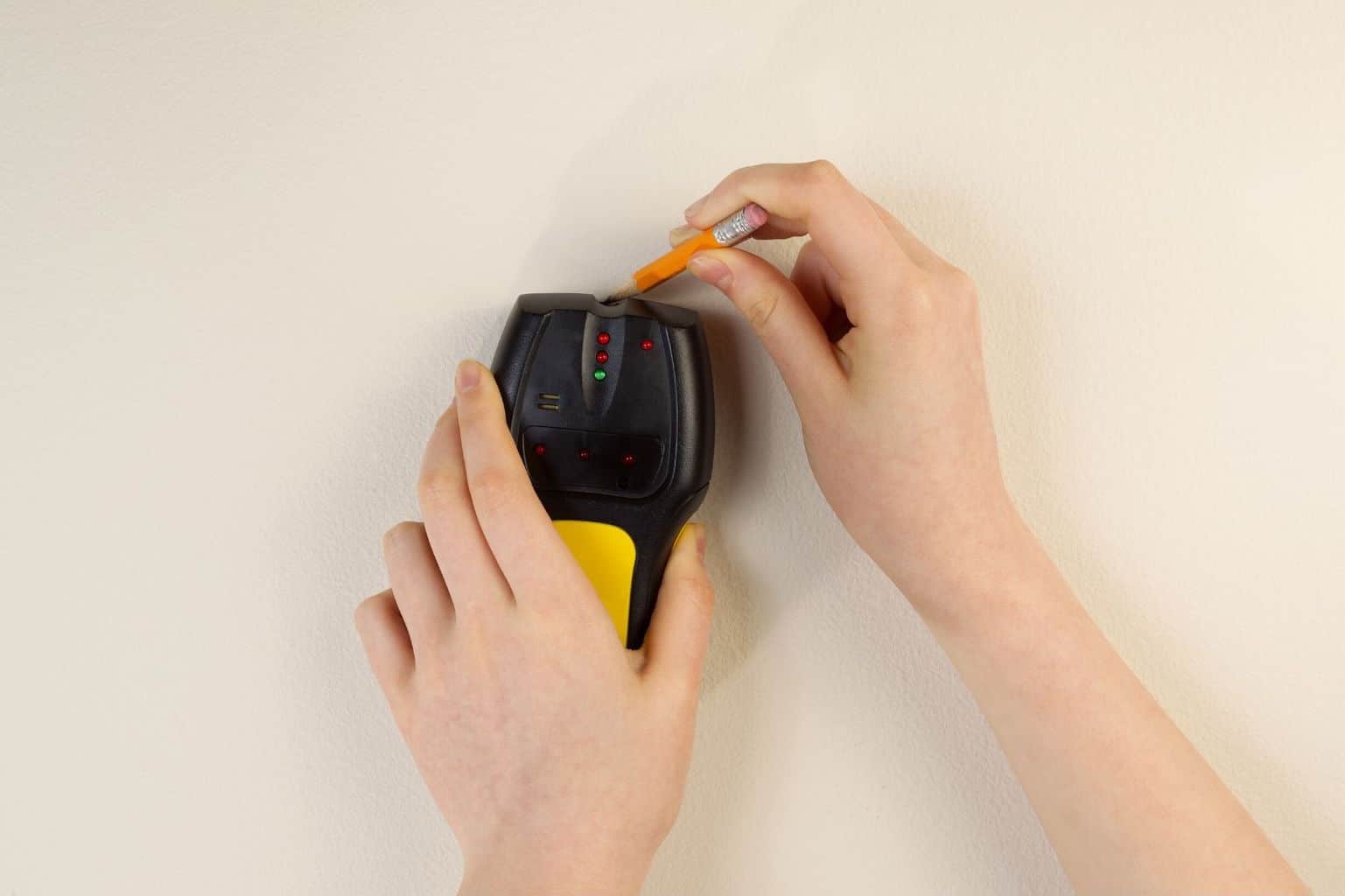
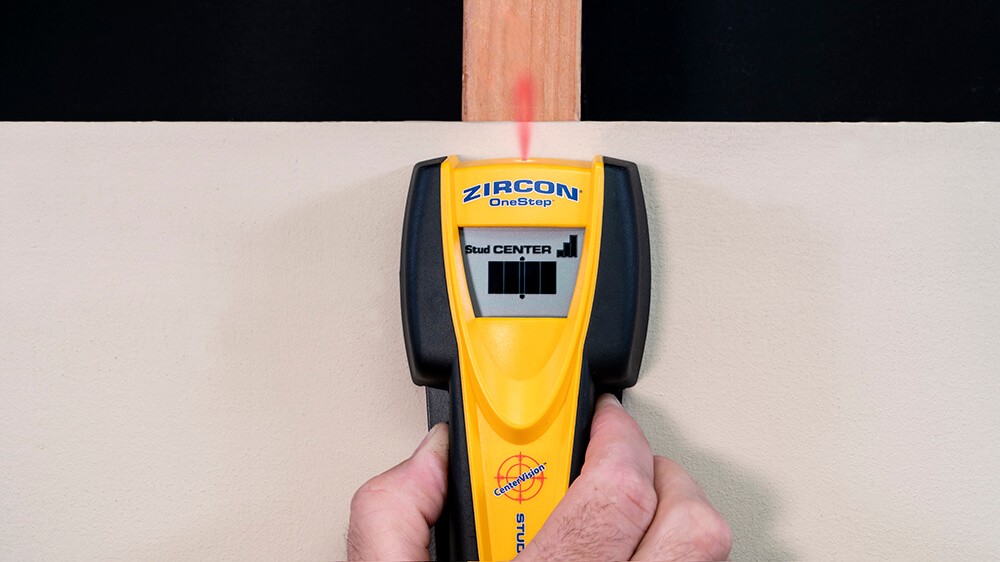

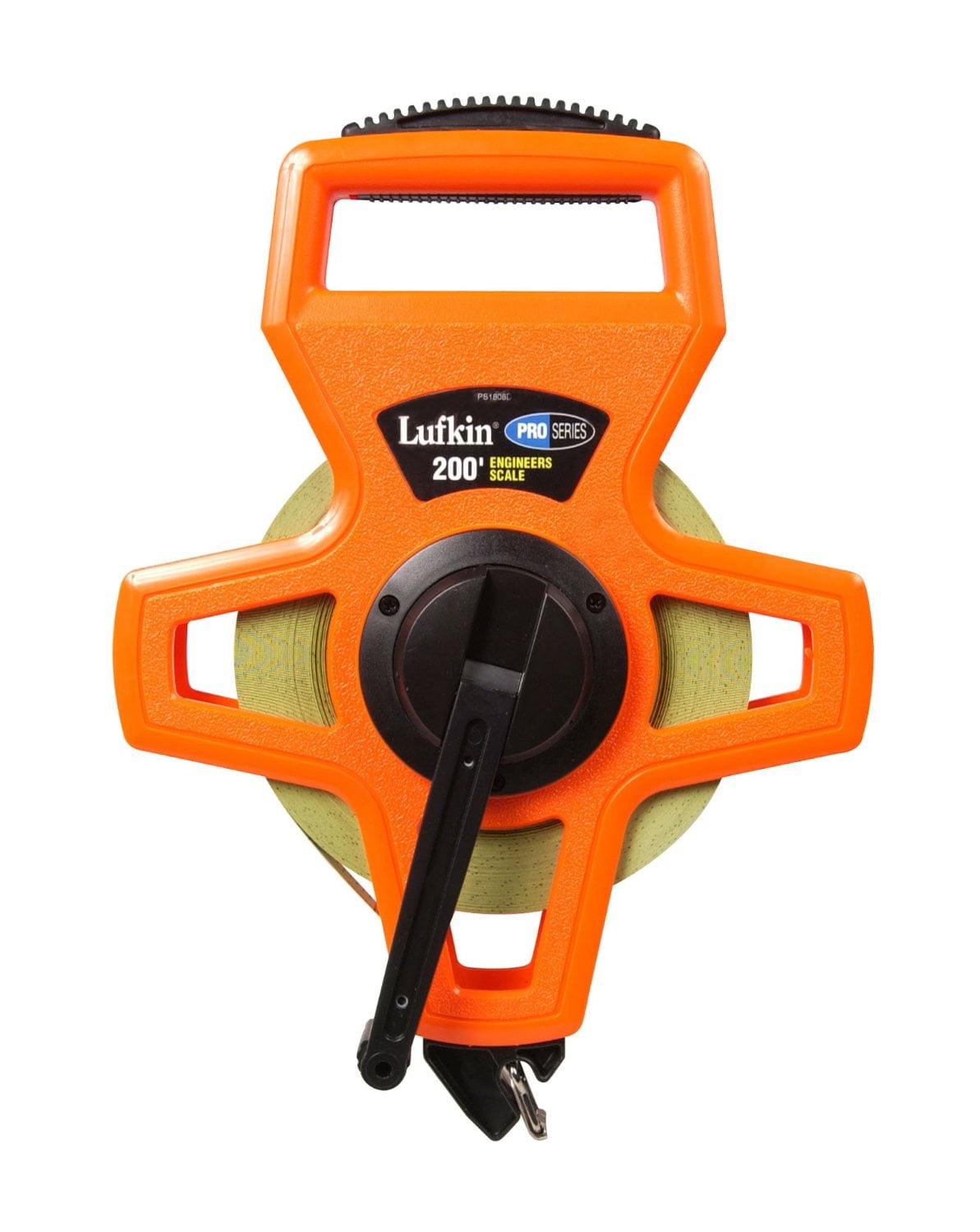


/builders-metal-tape-measure-close-up-616098101-57b4d45a3df78cd39cce5f5d.jpg)

